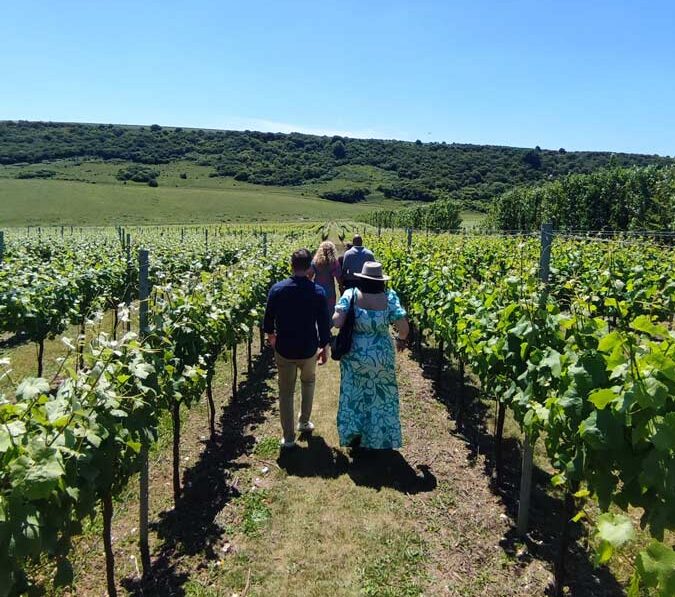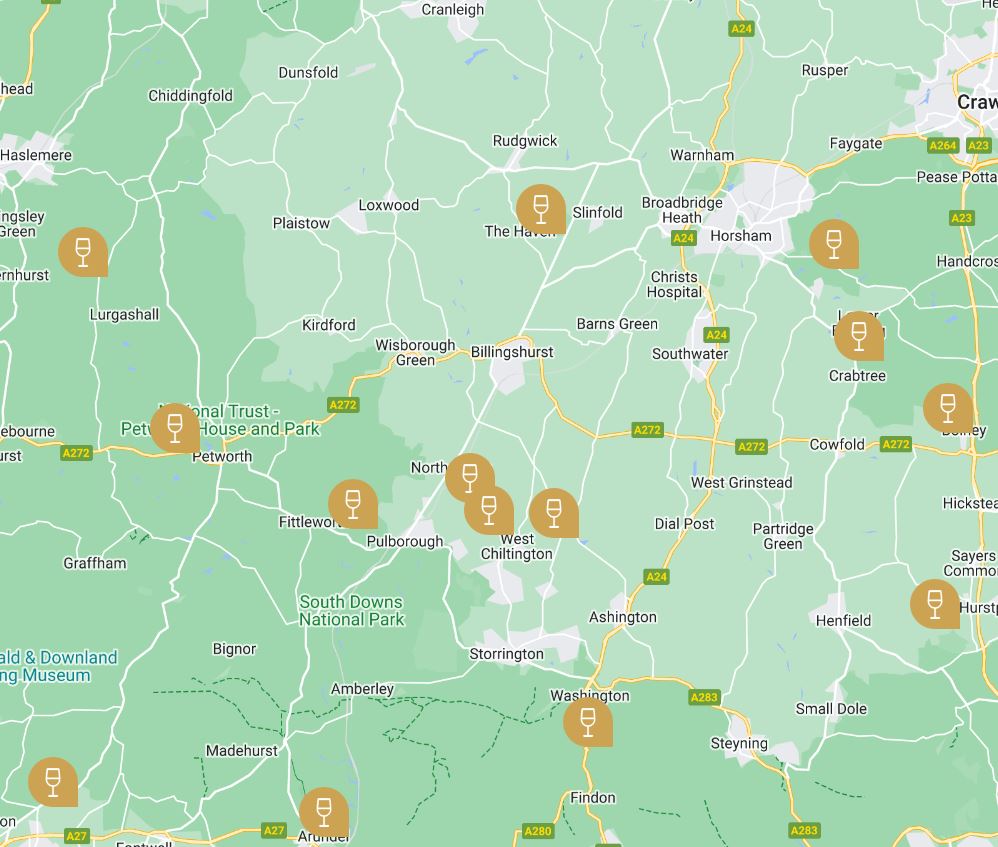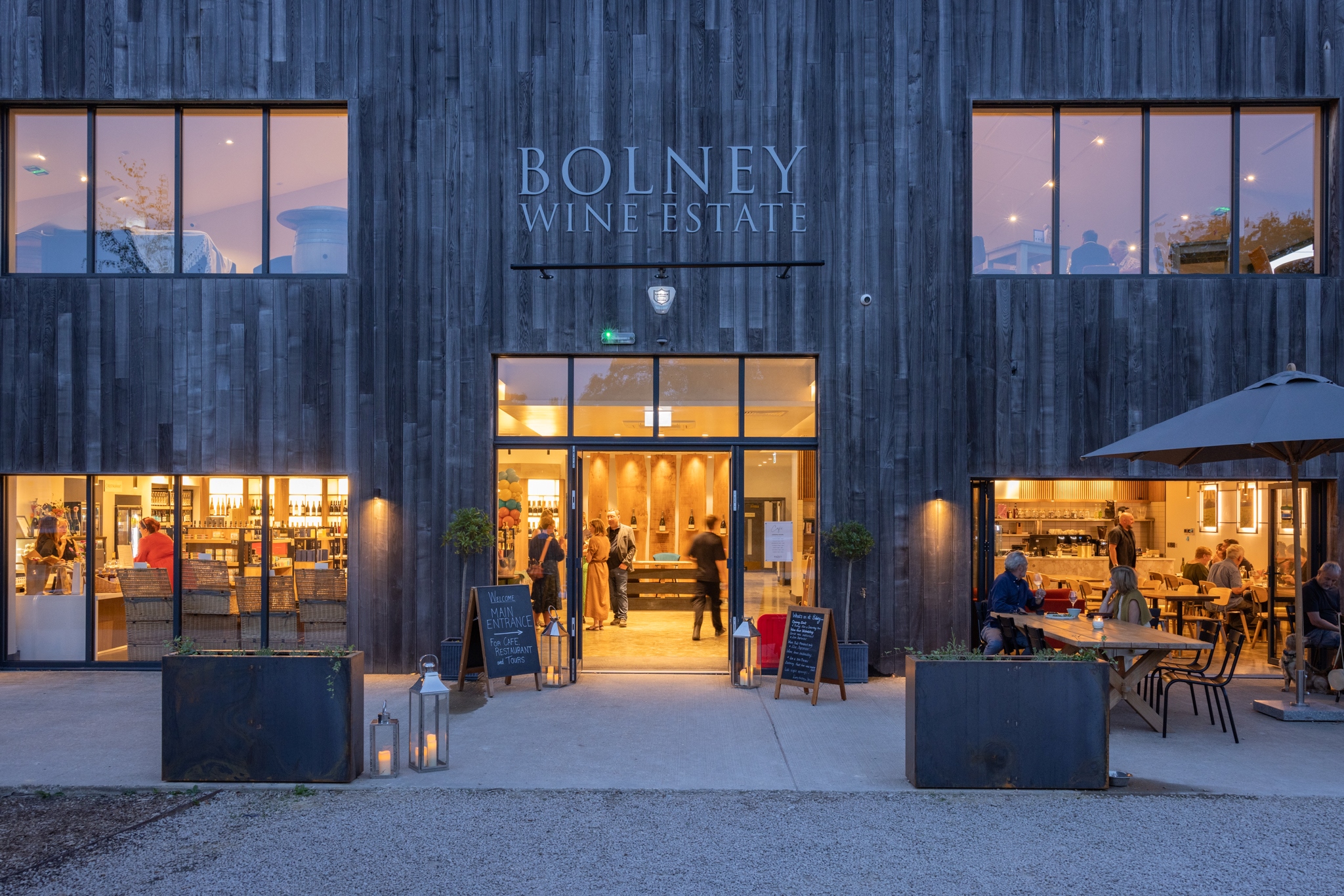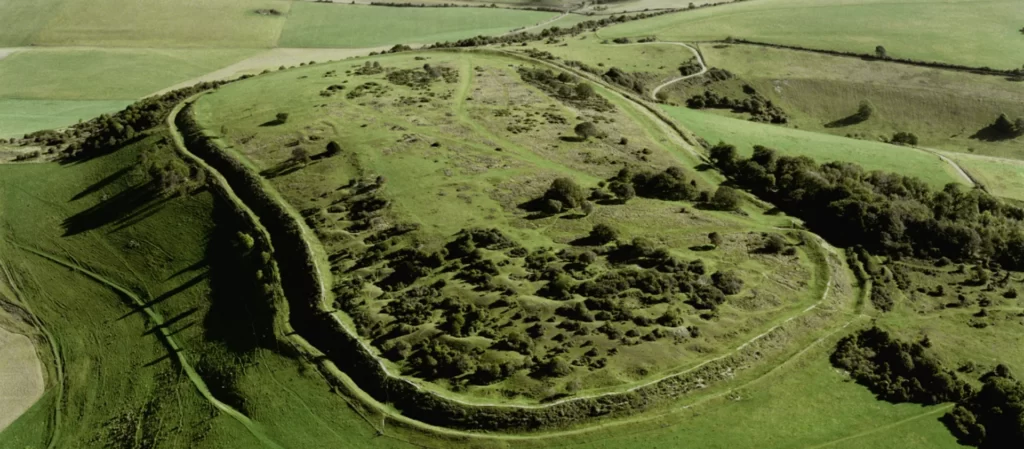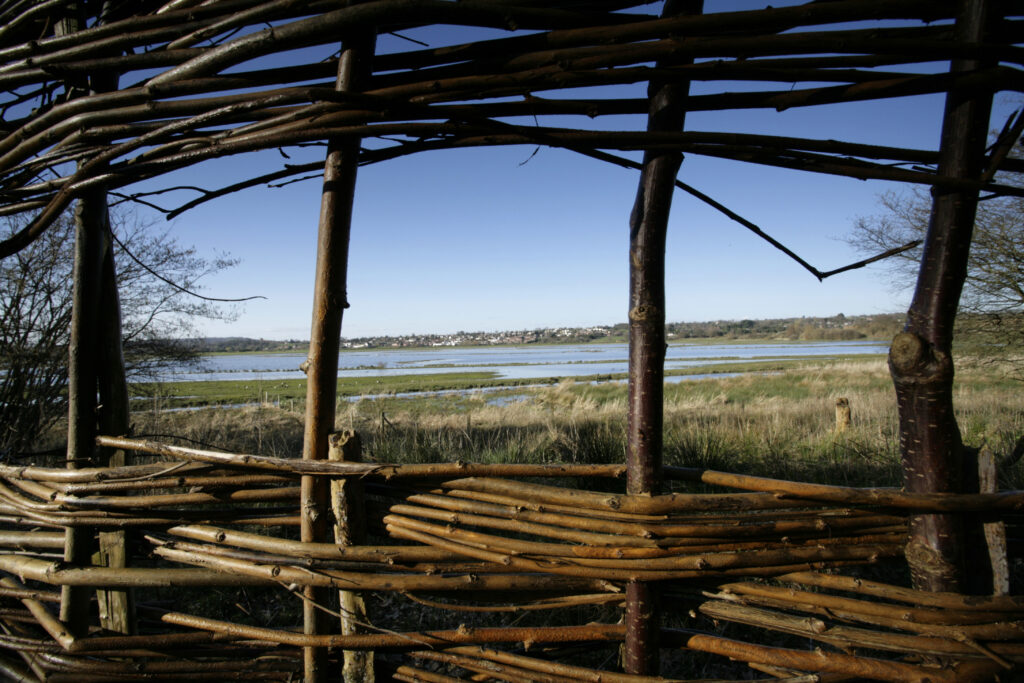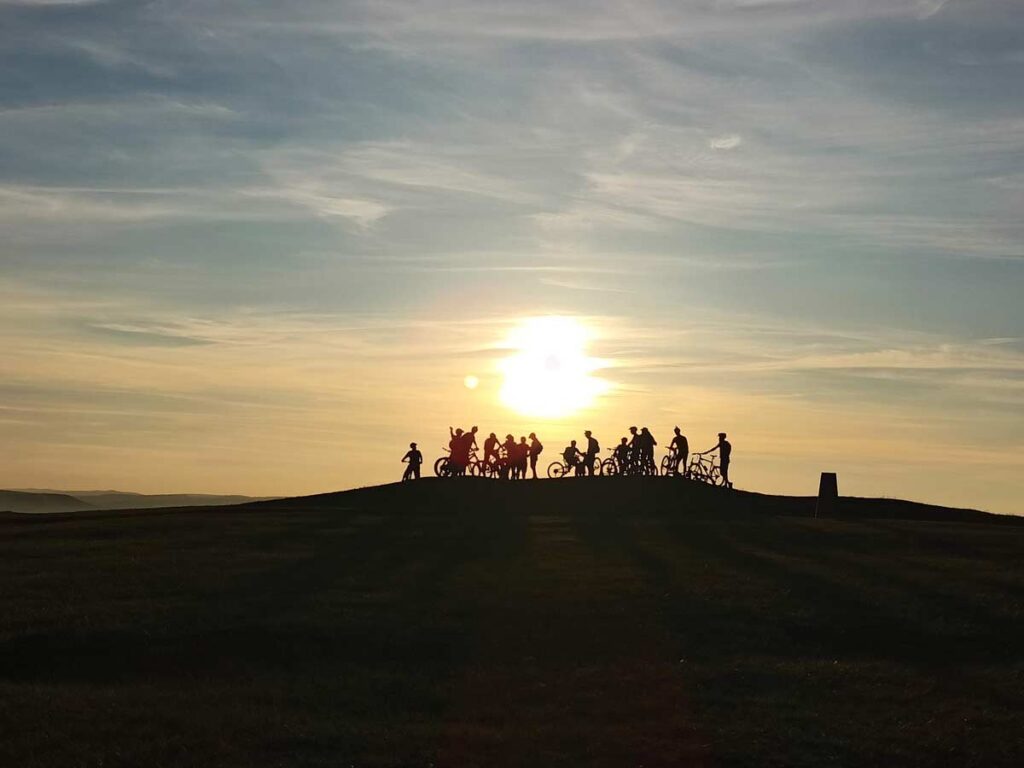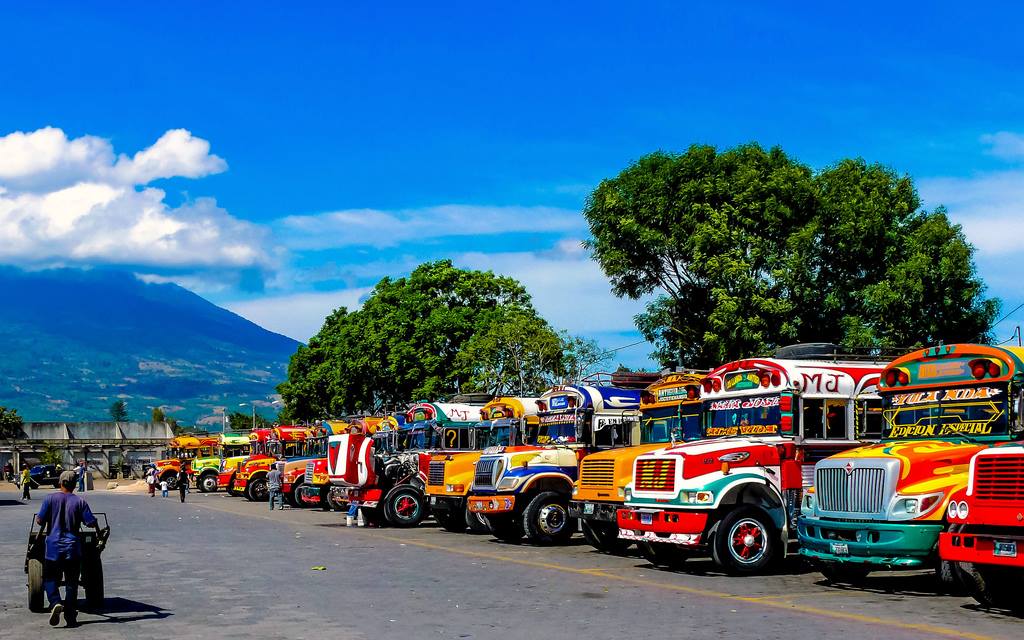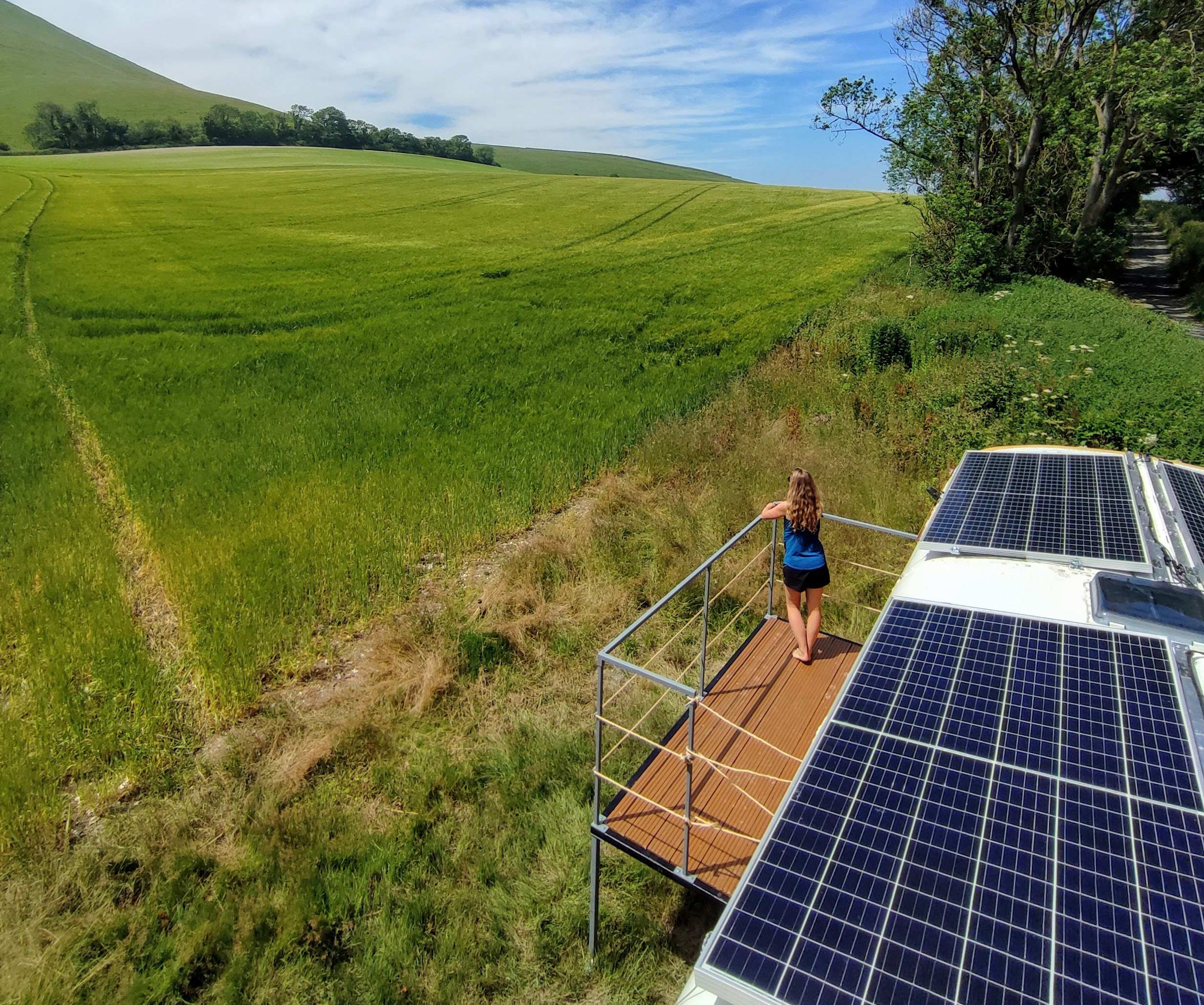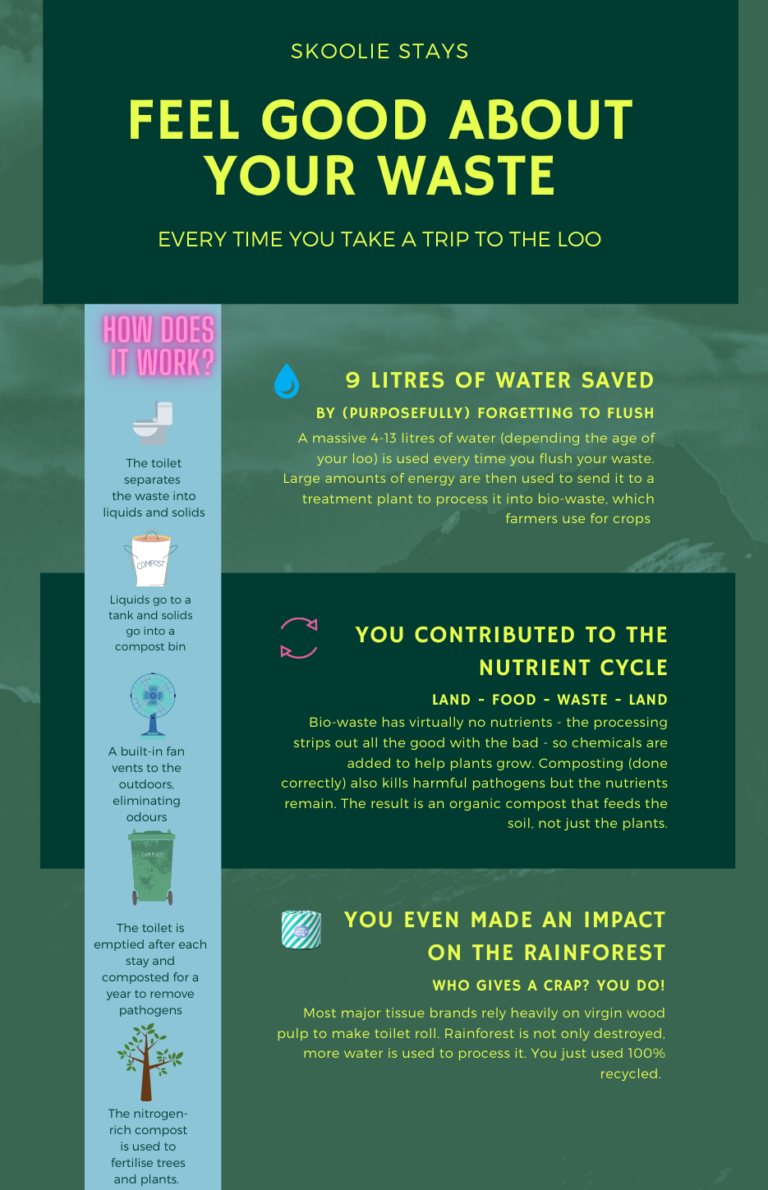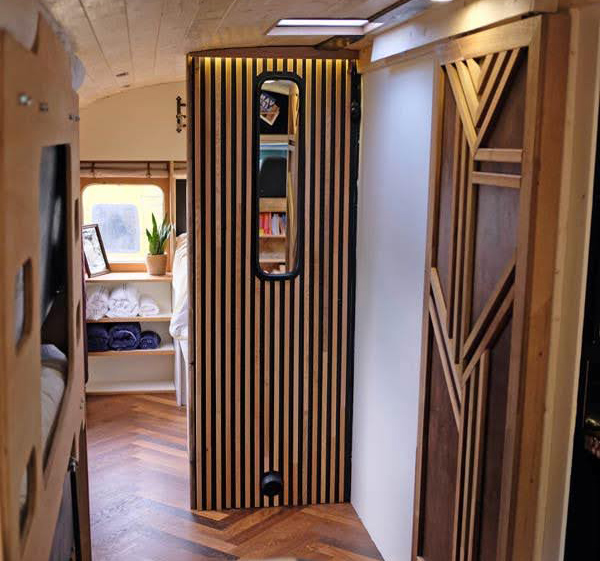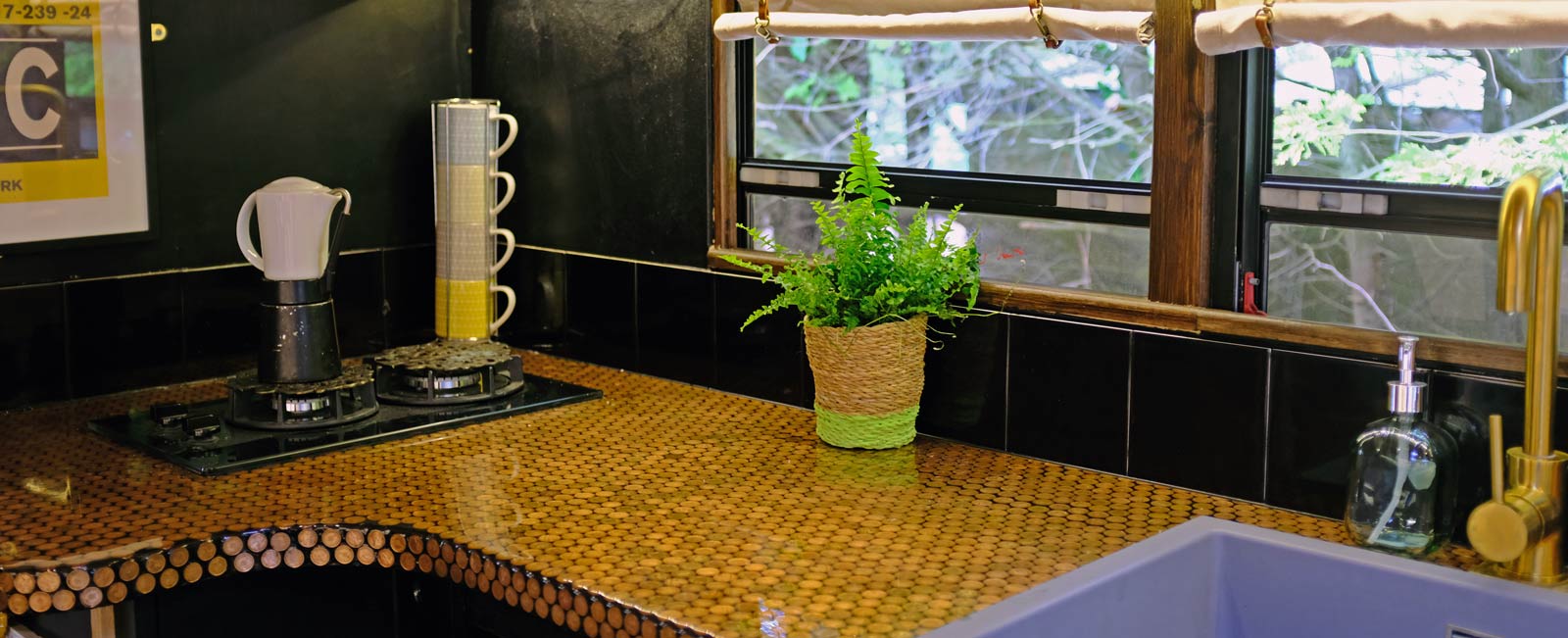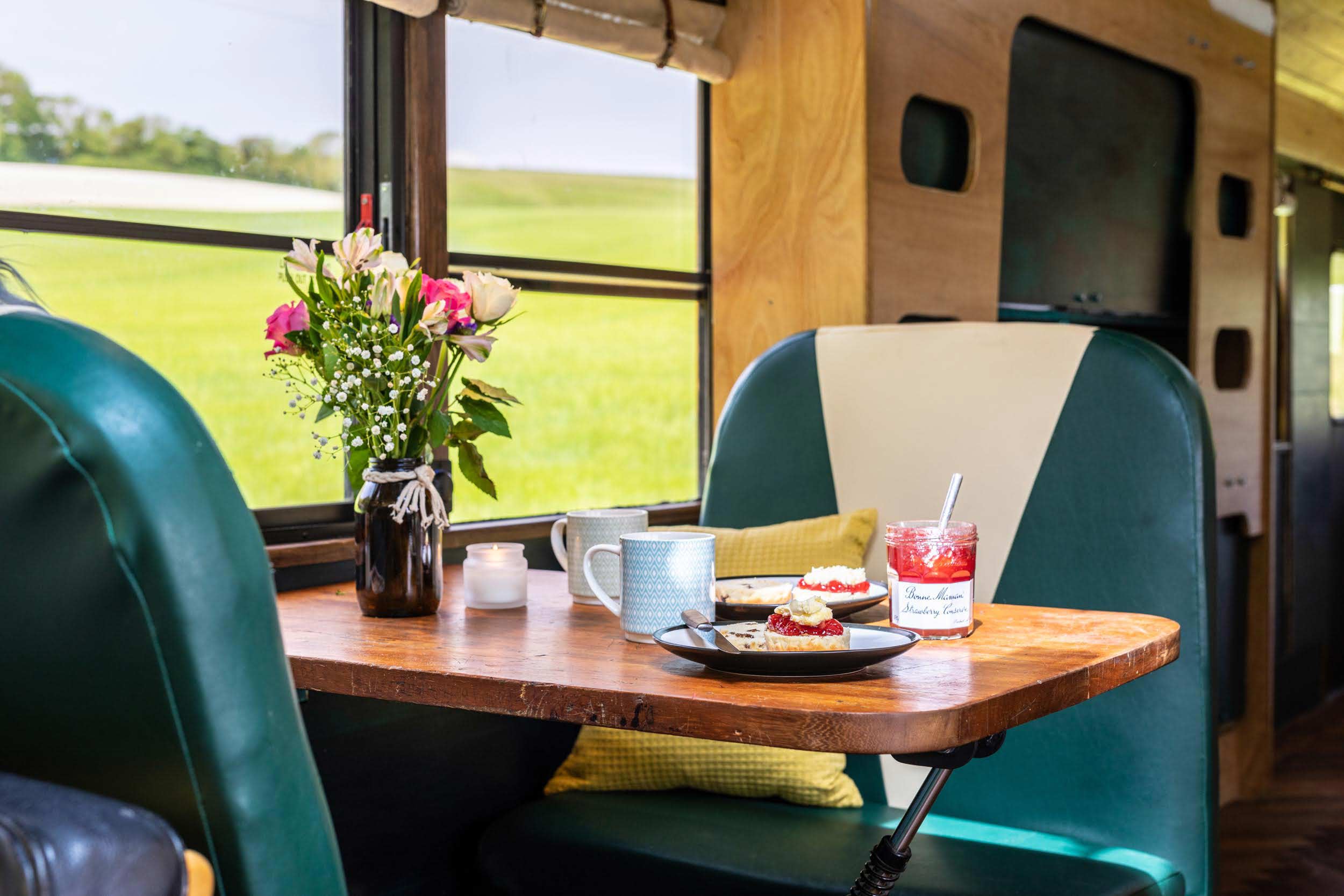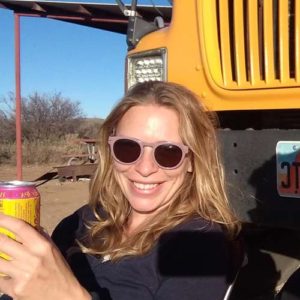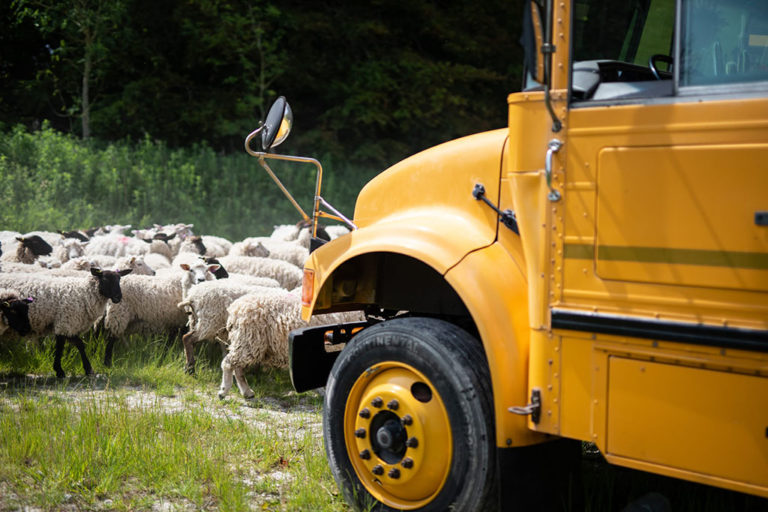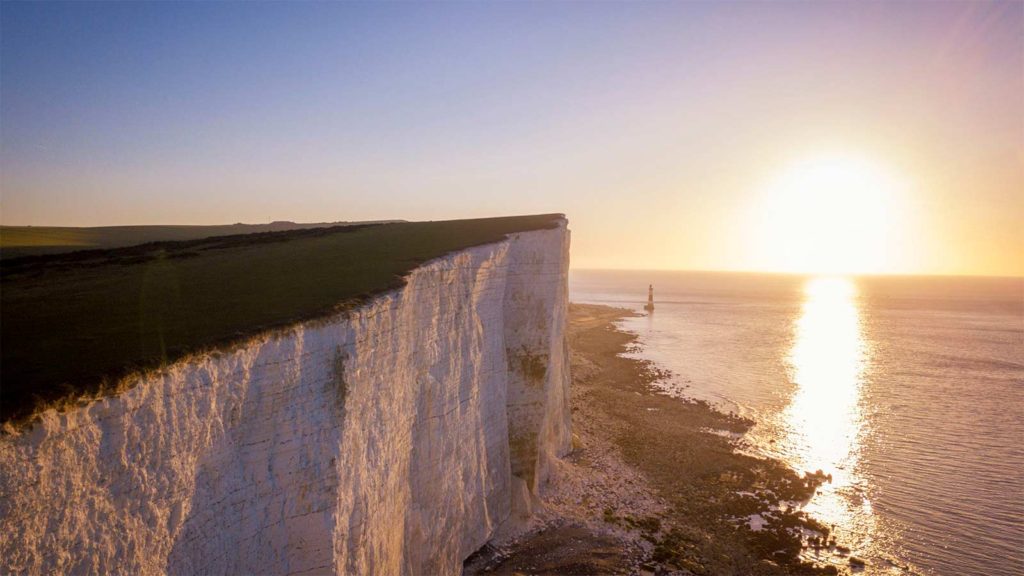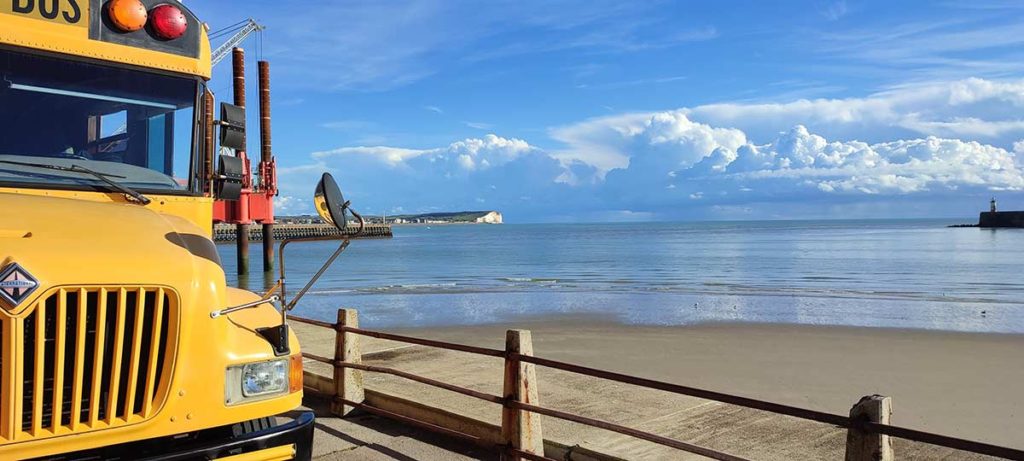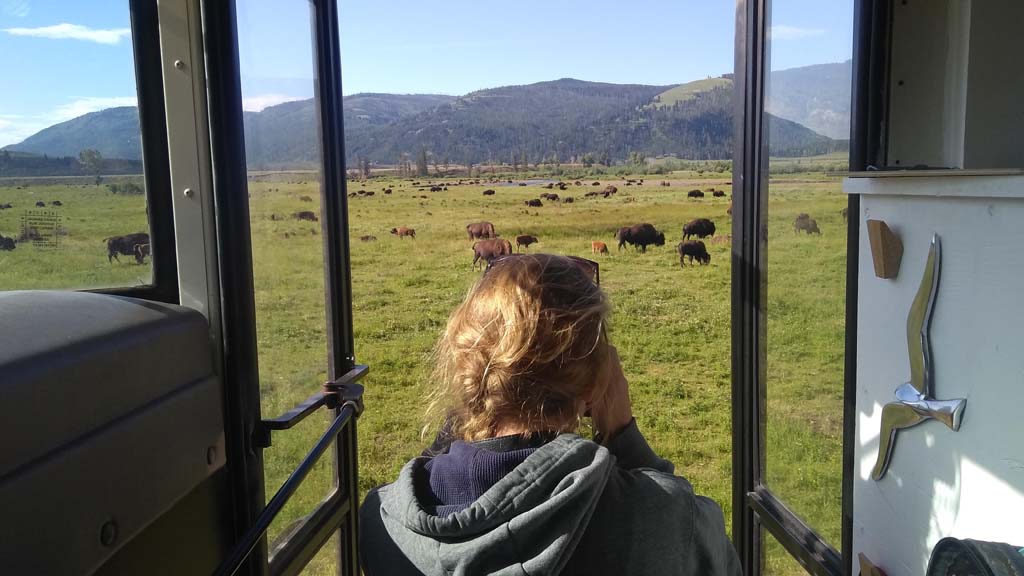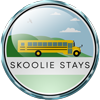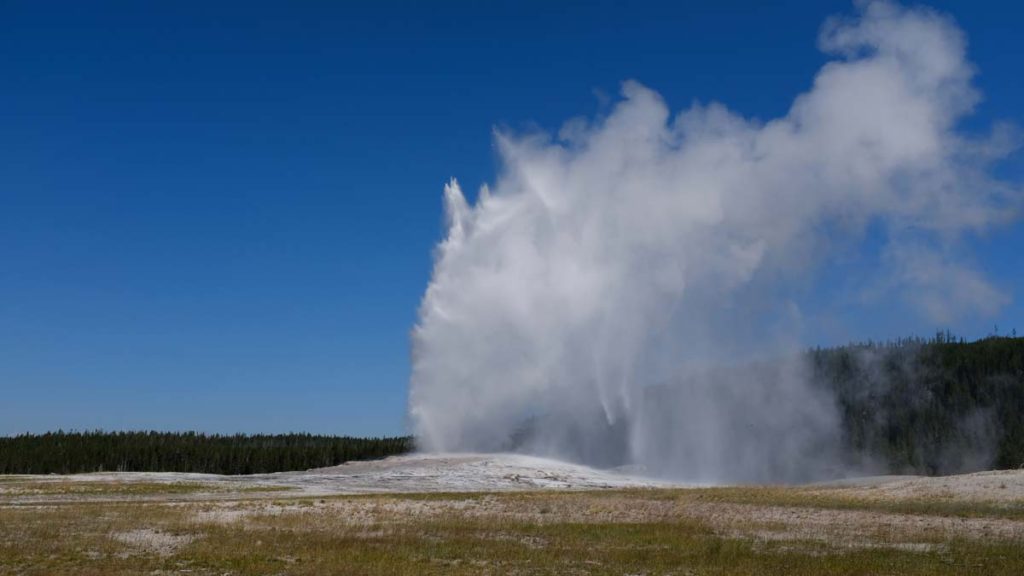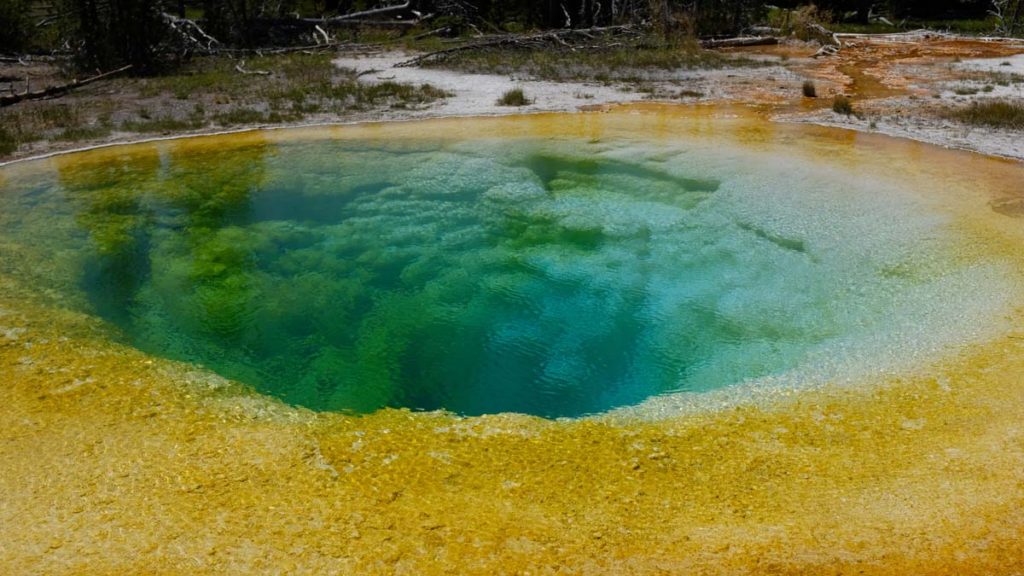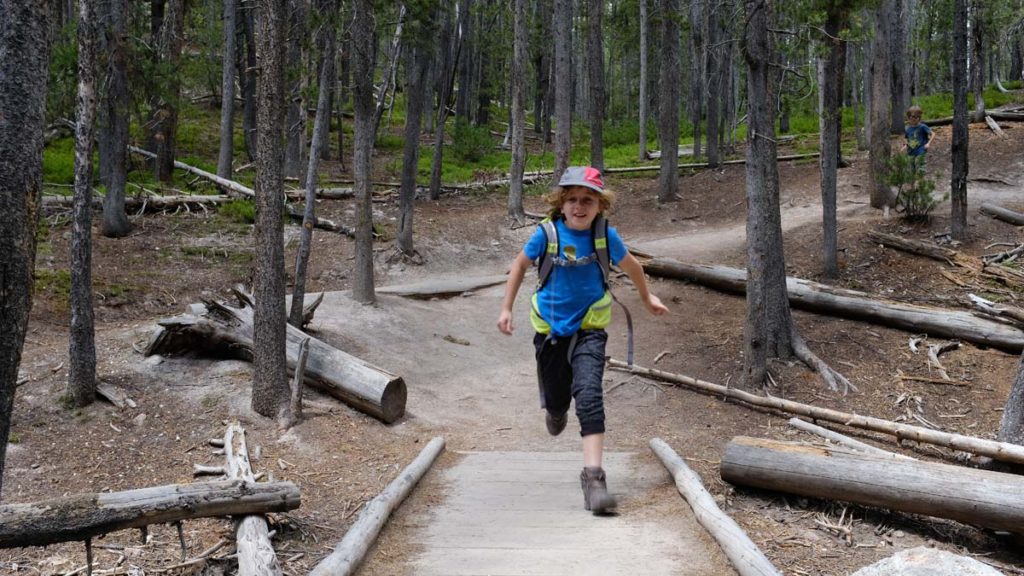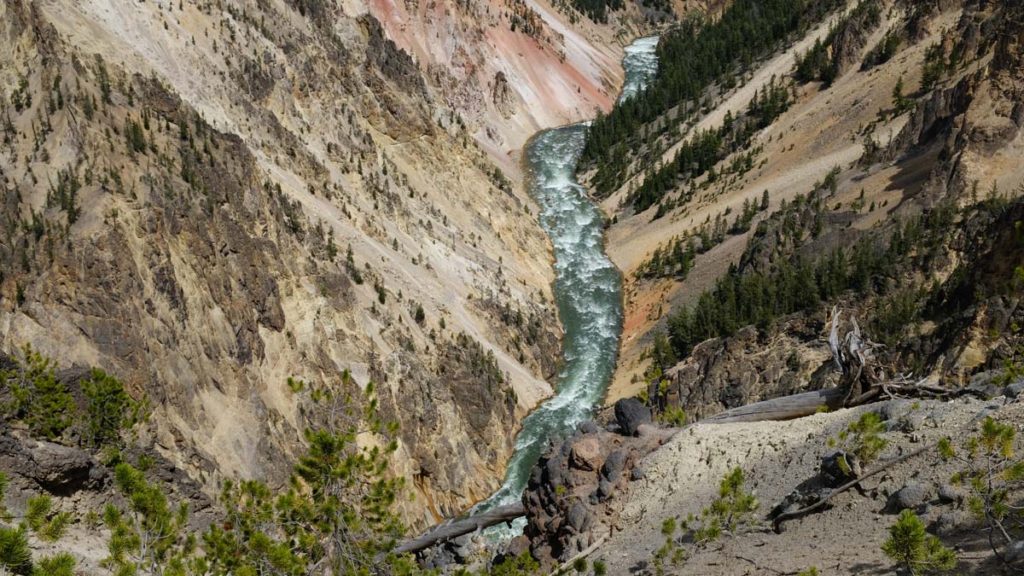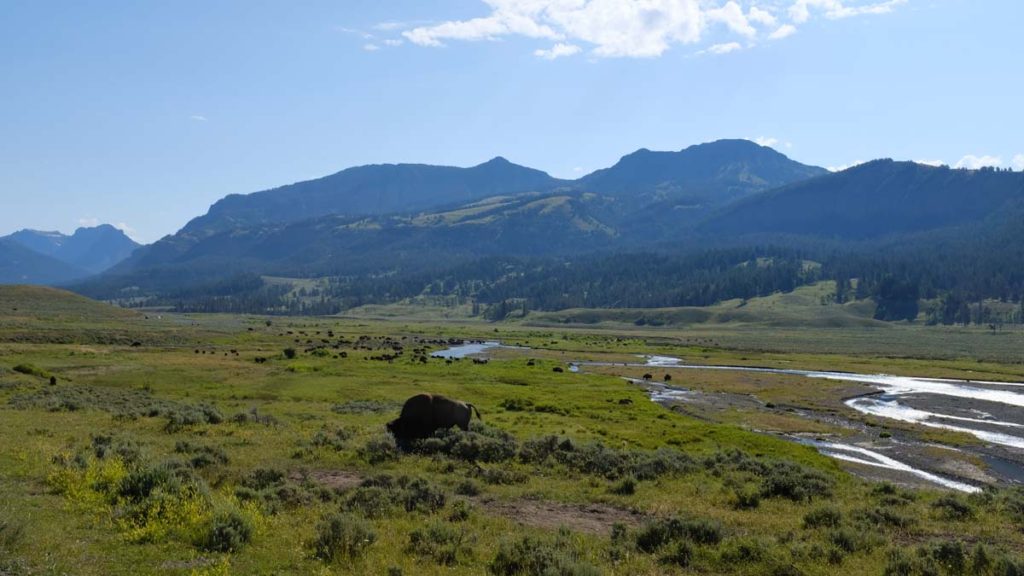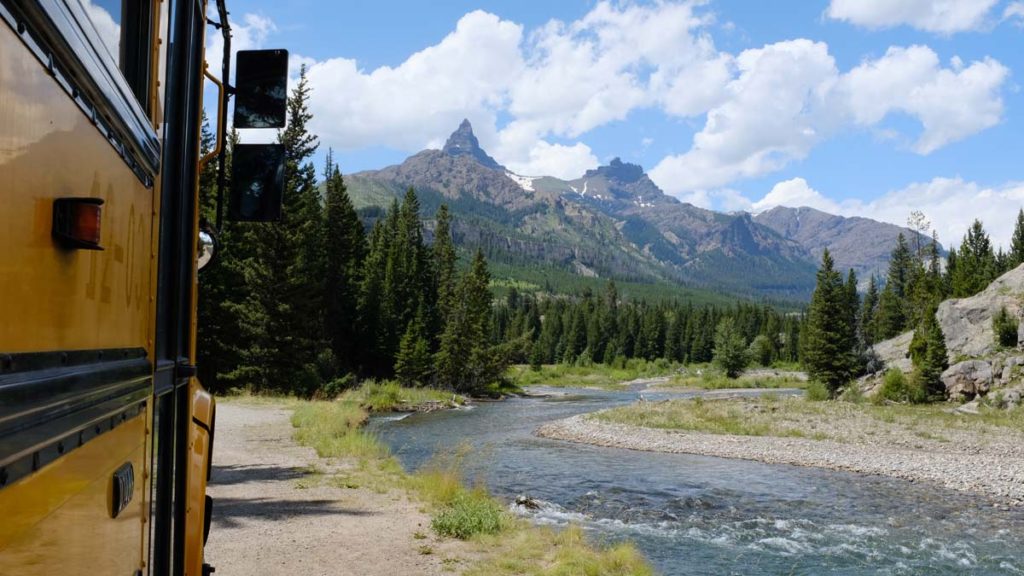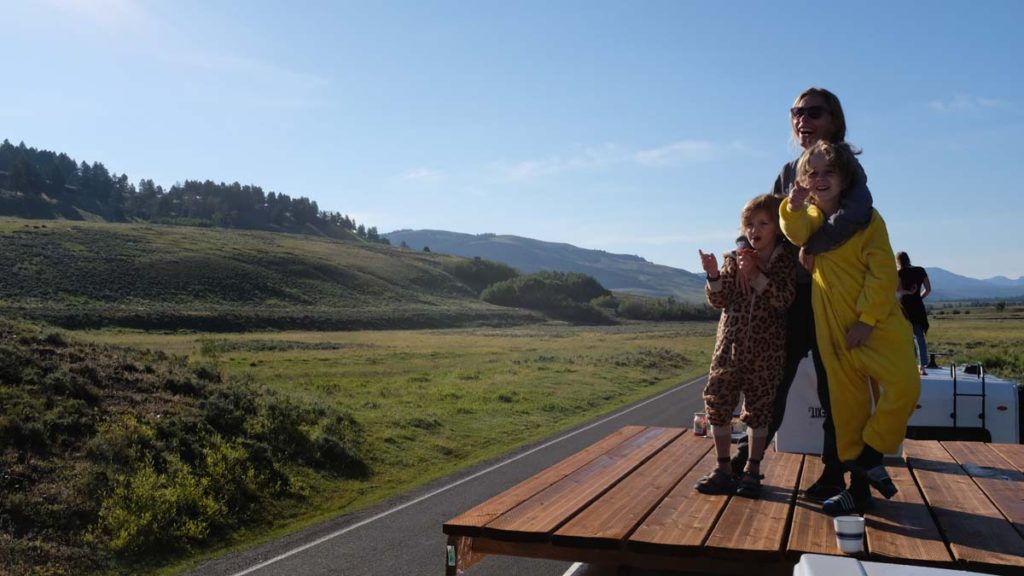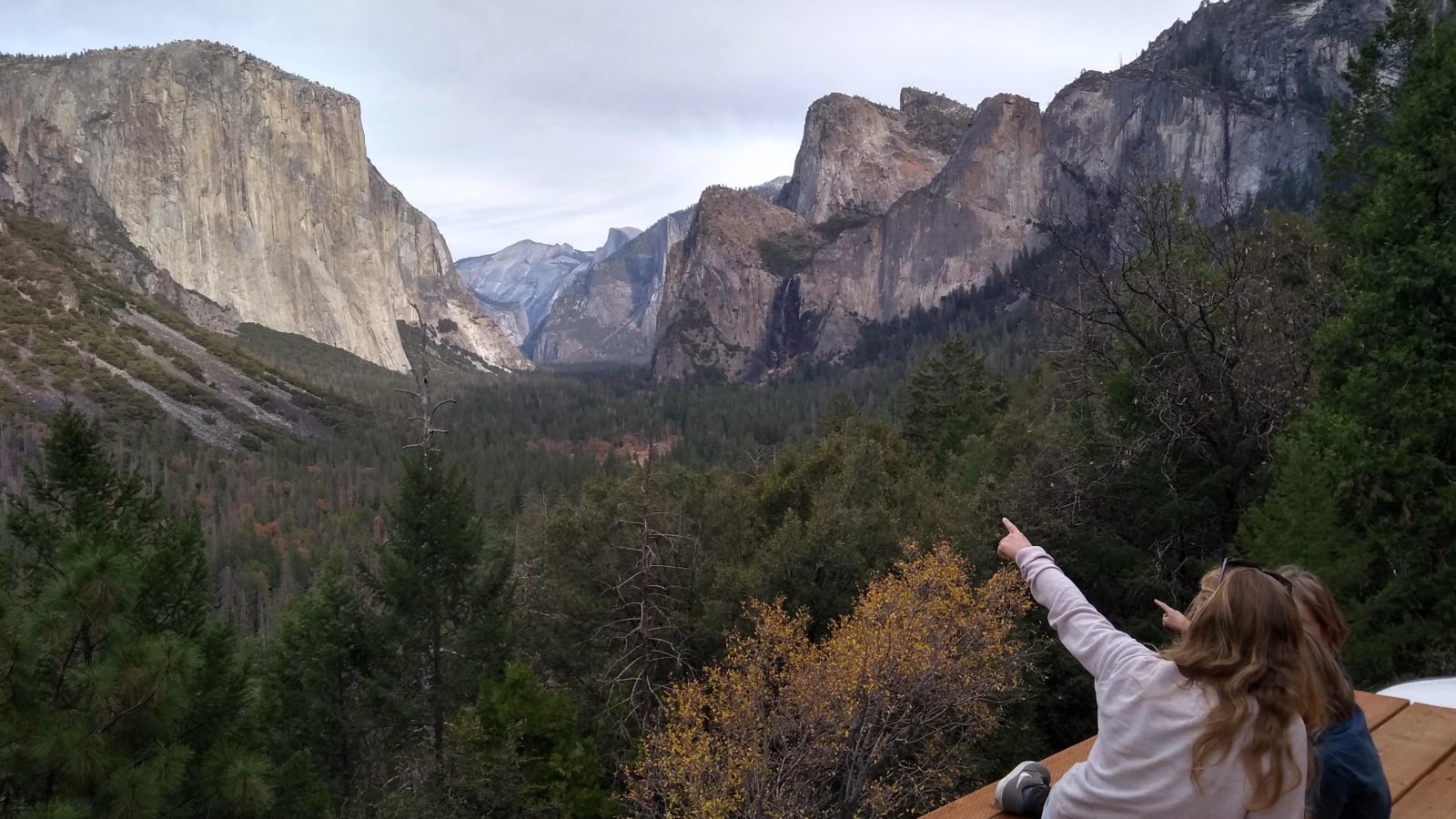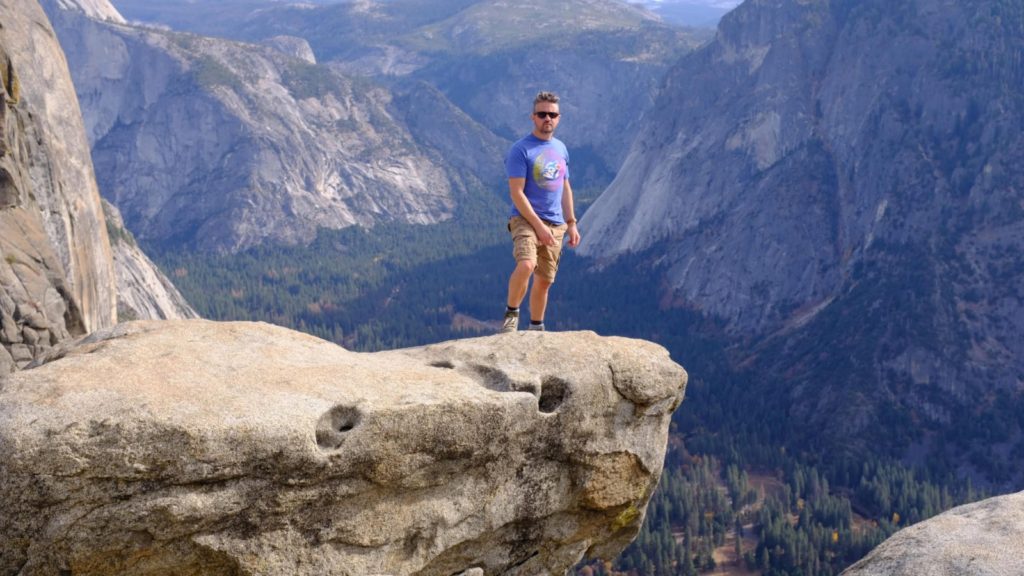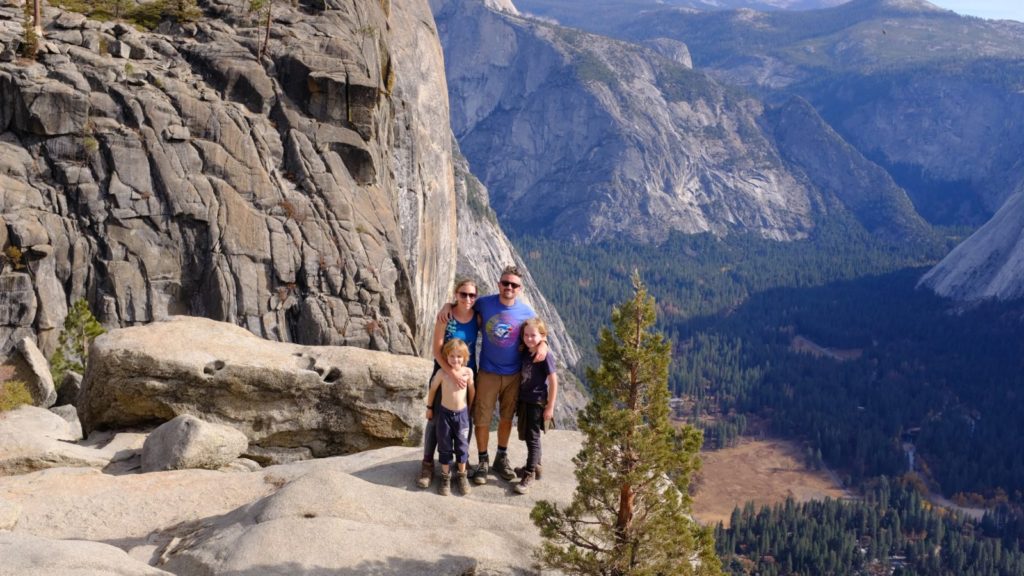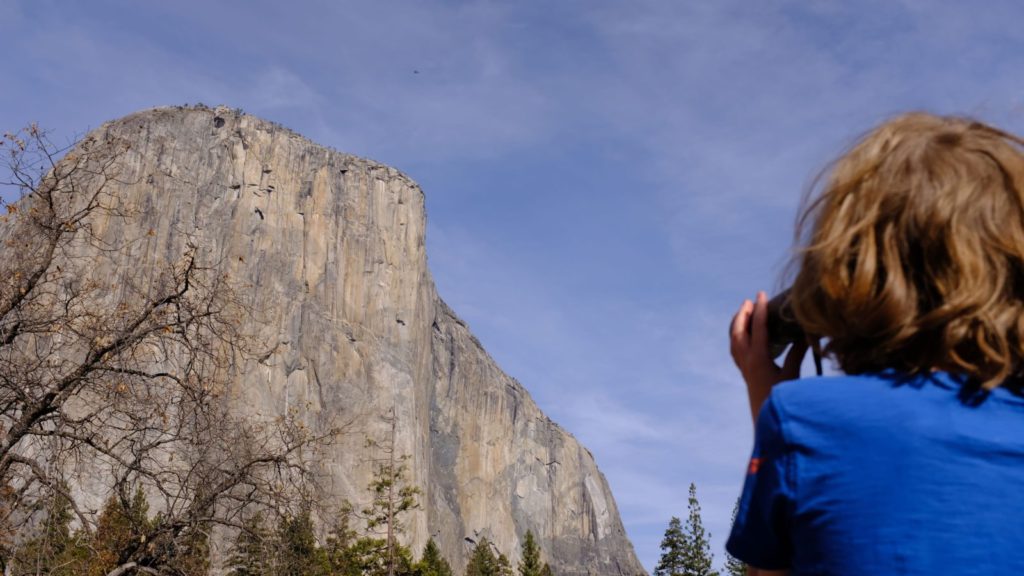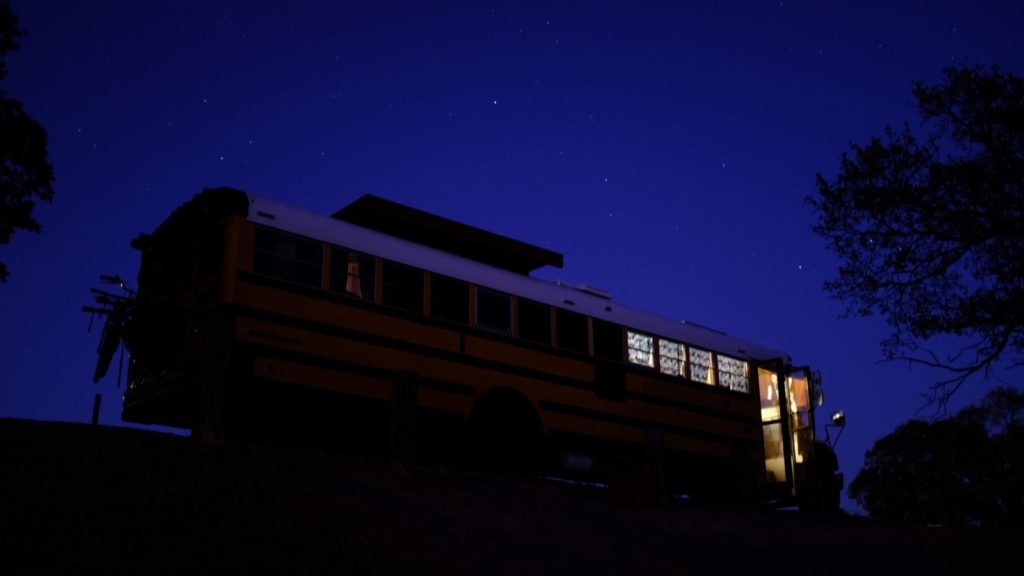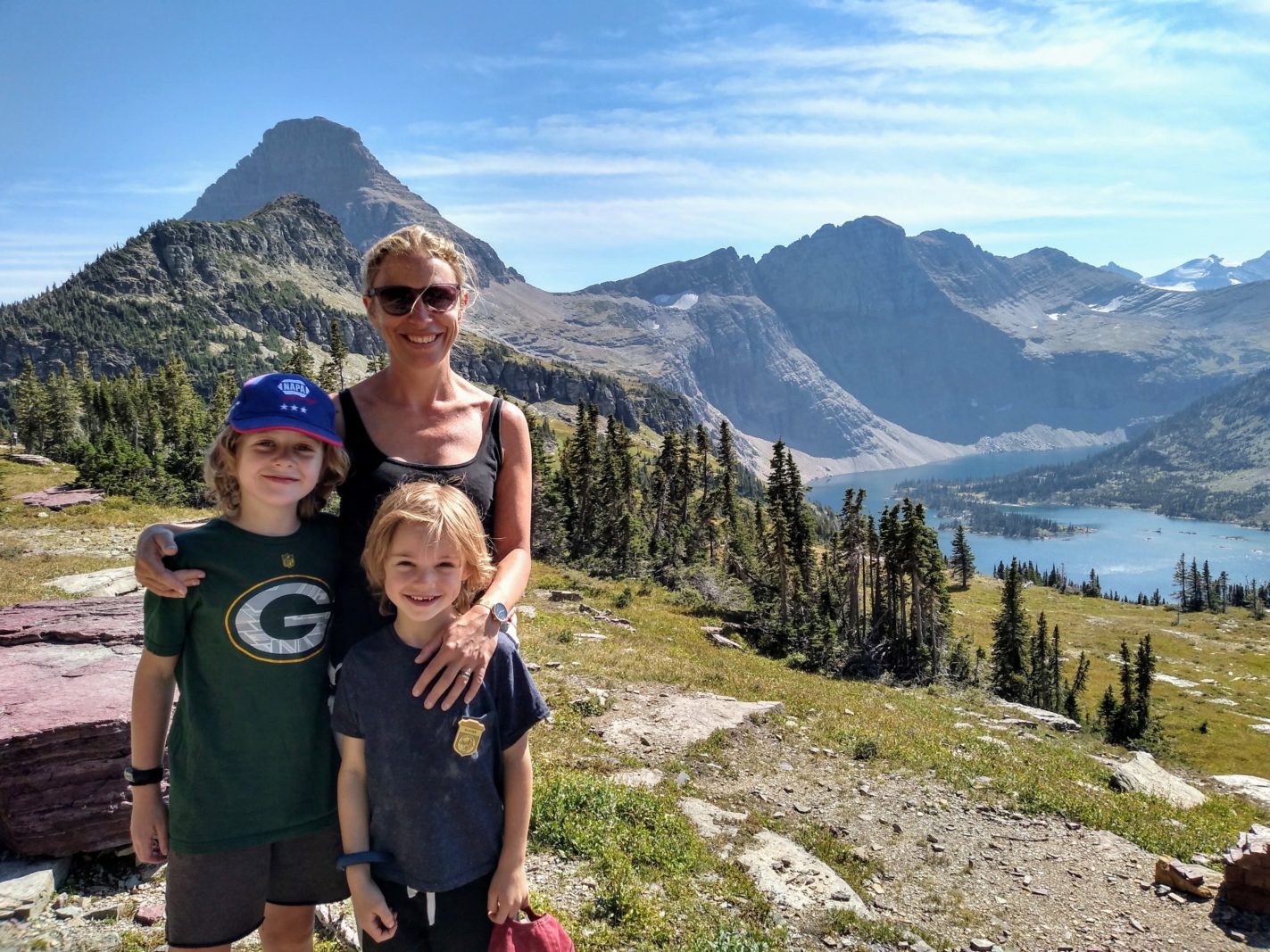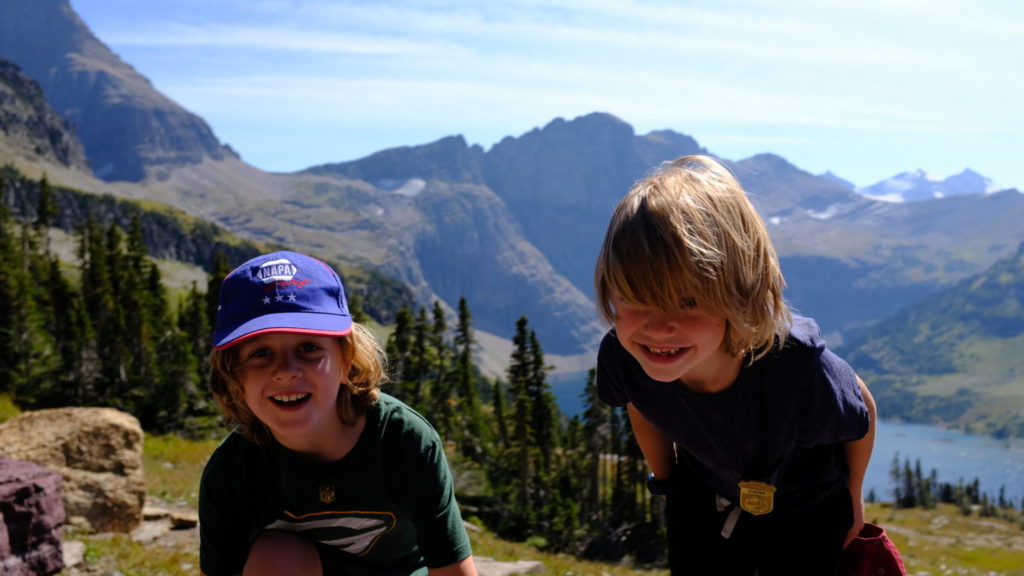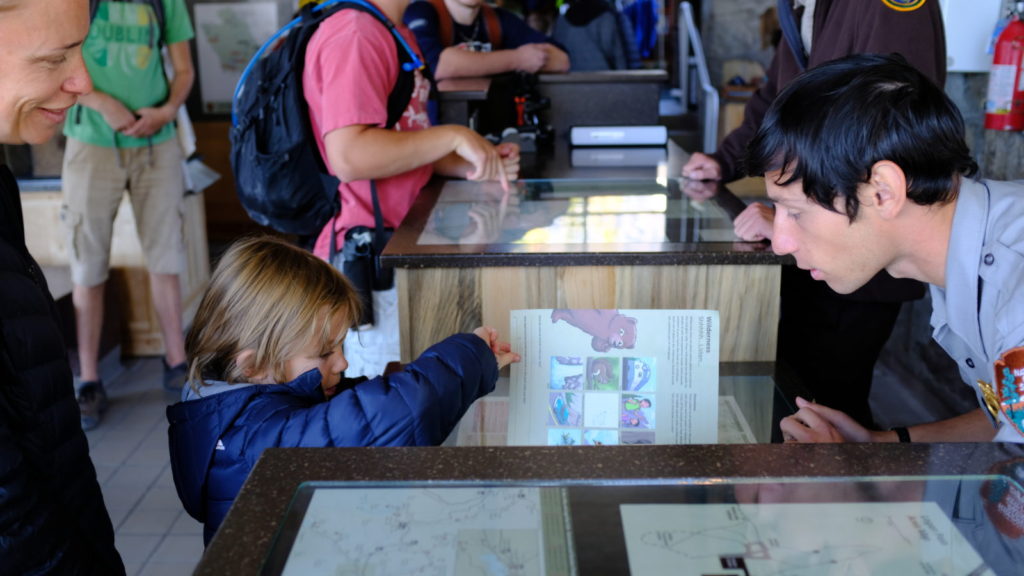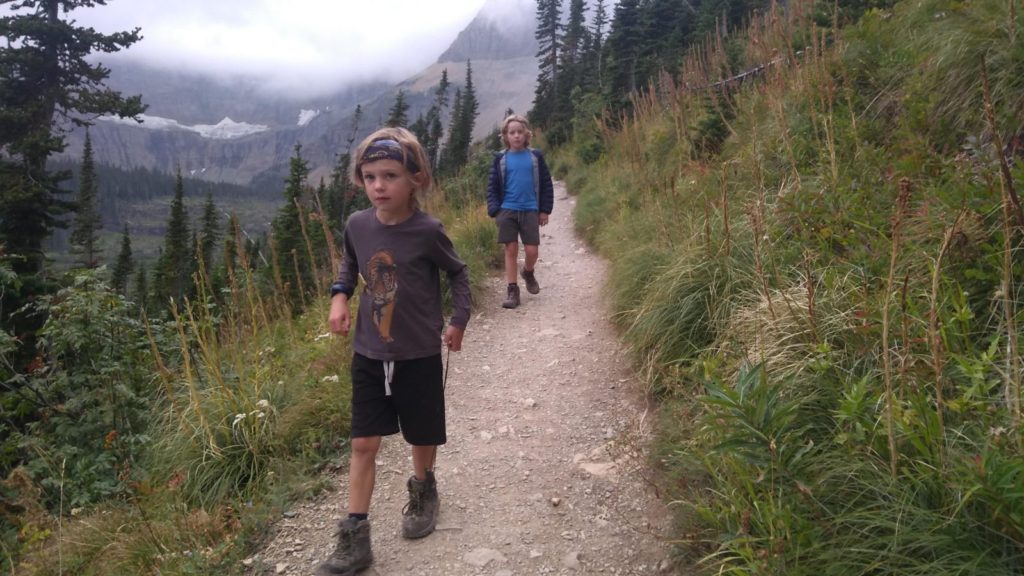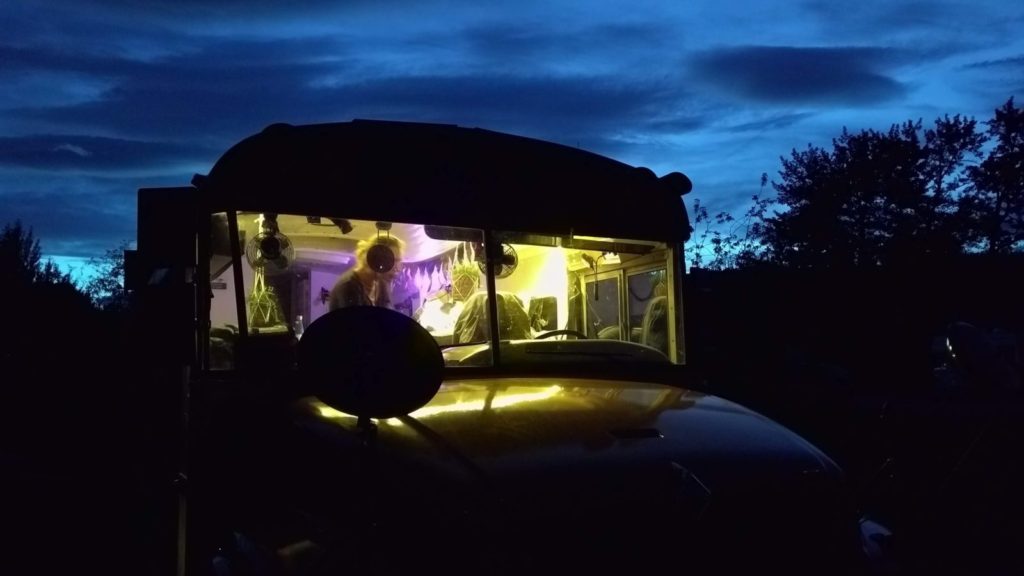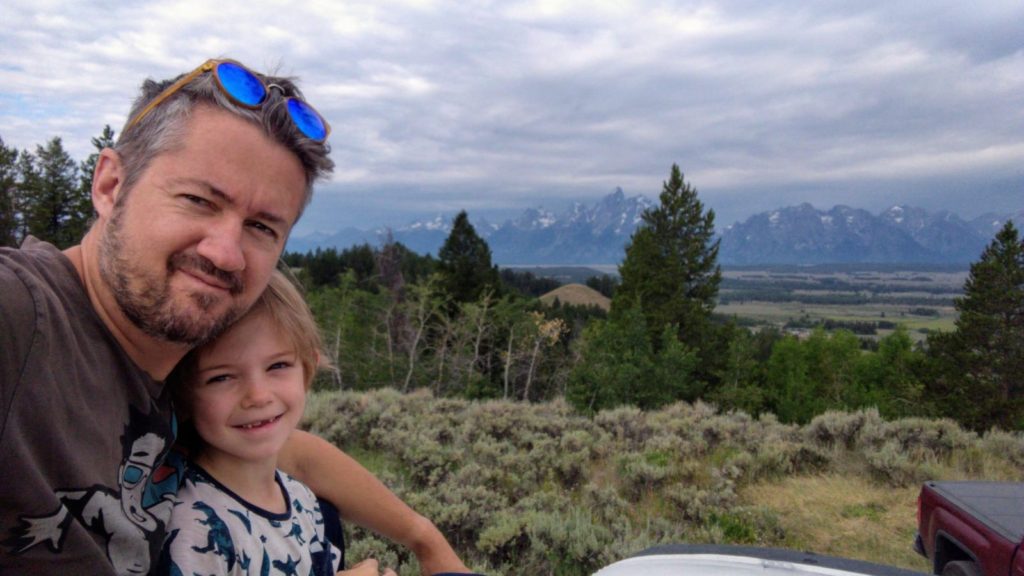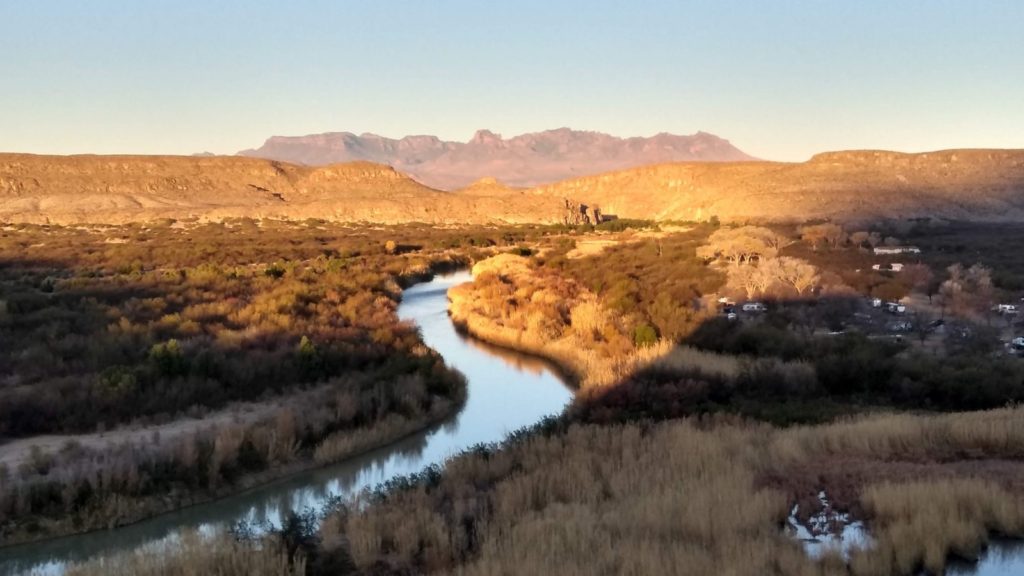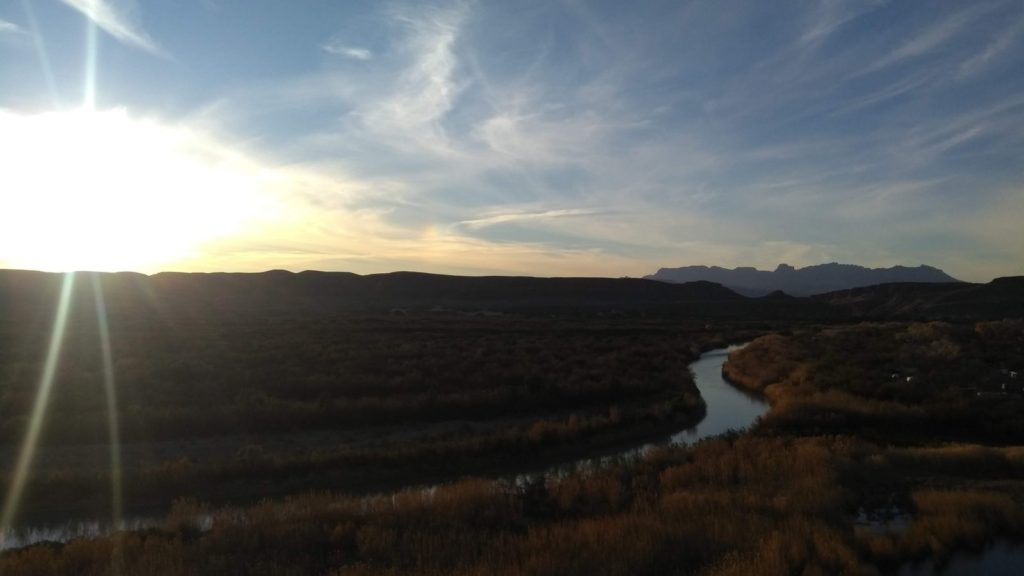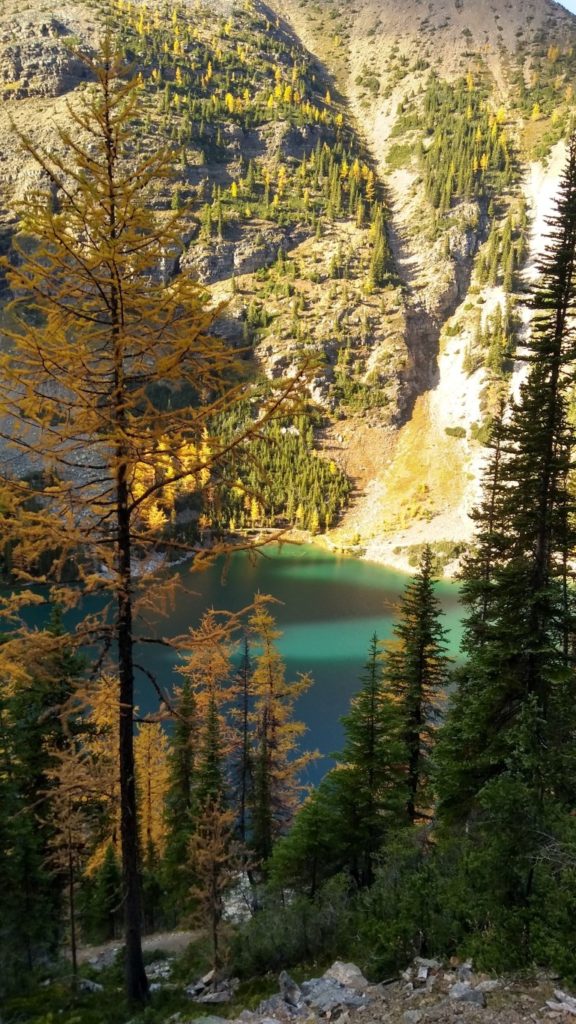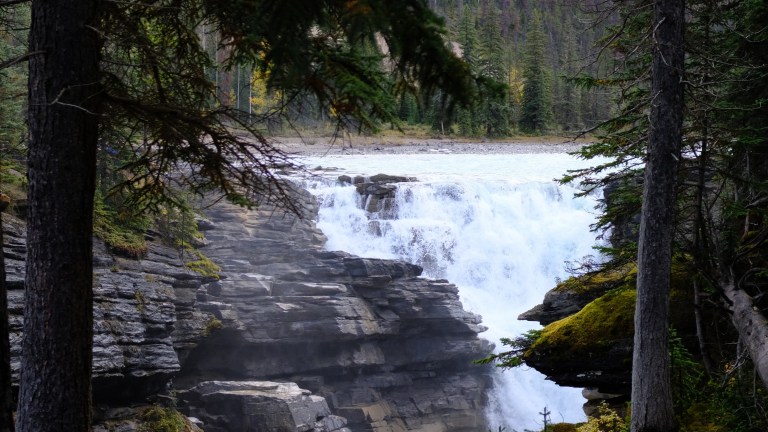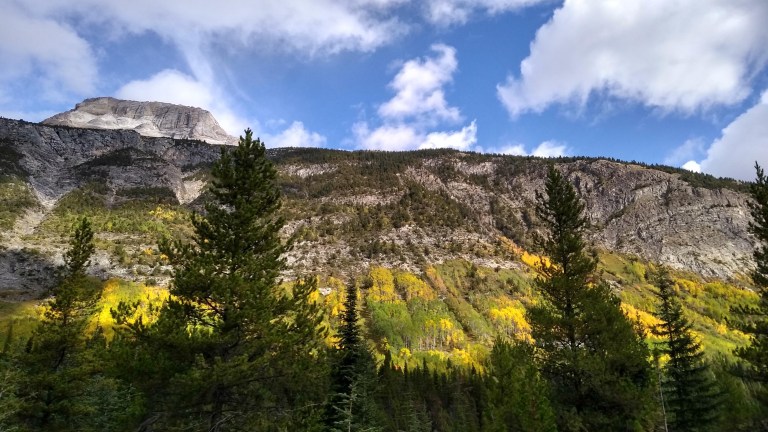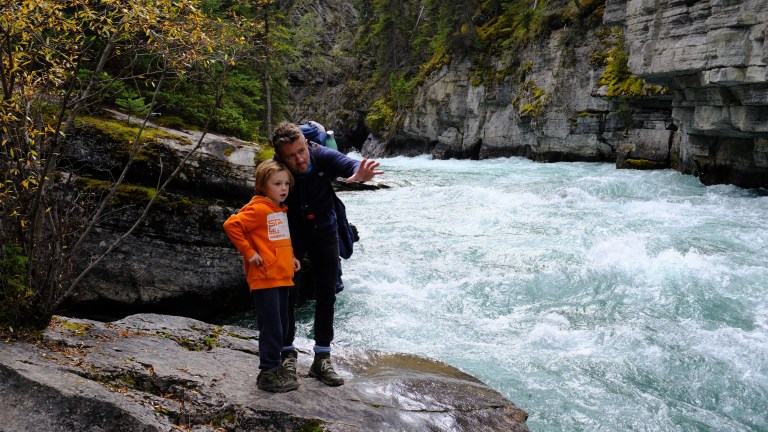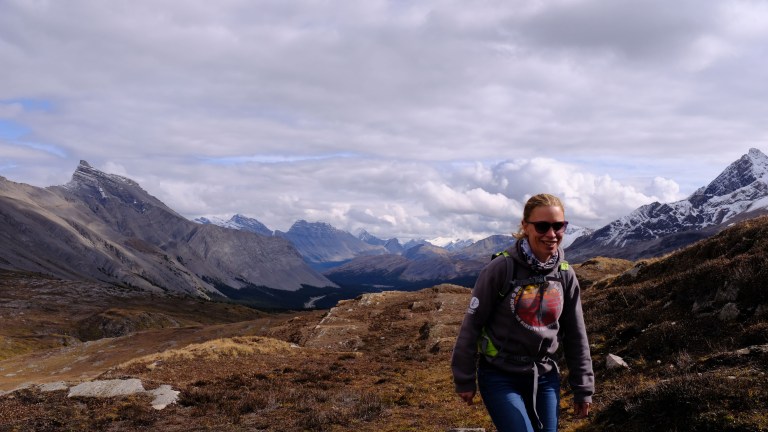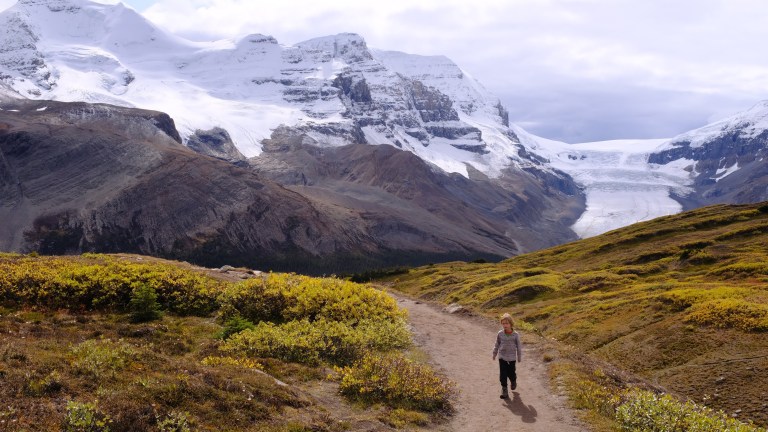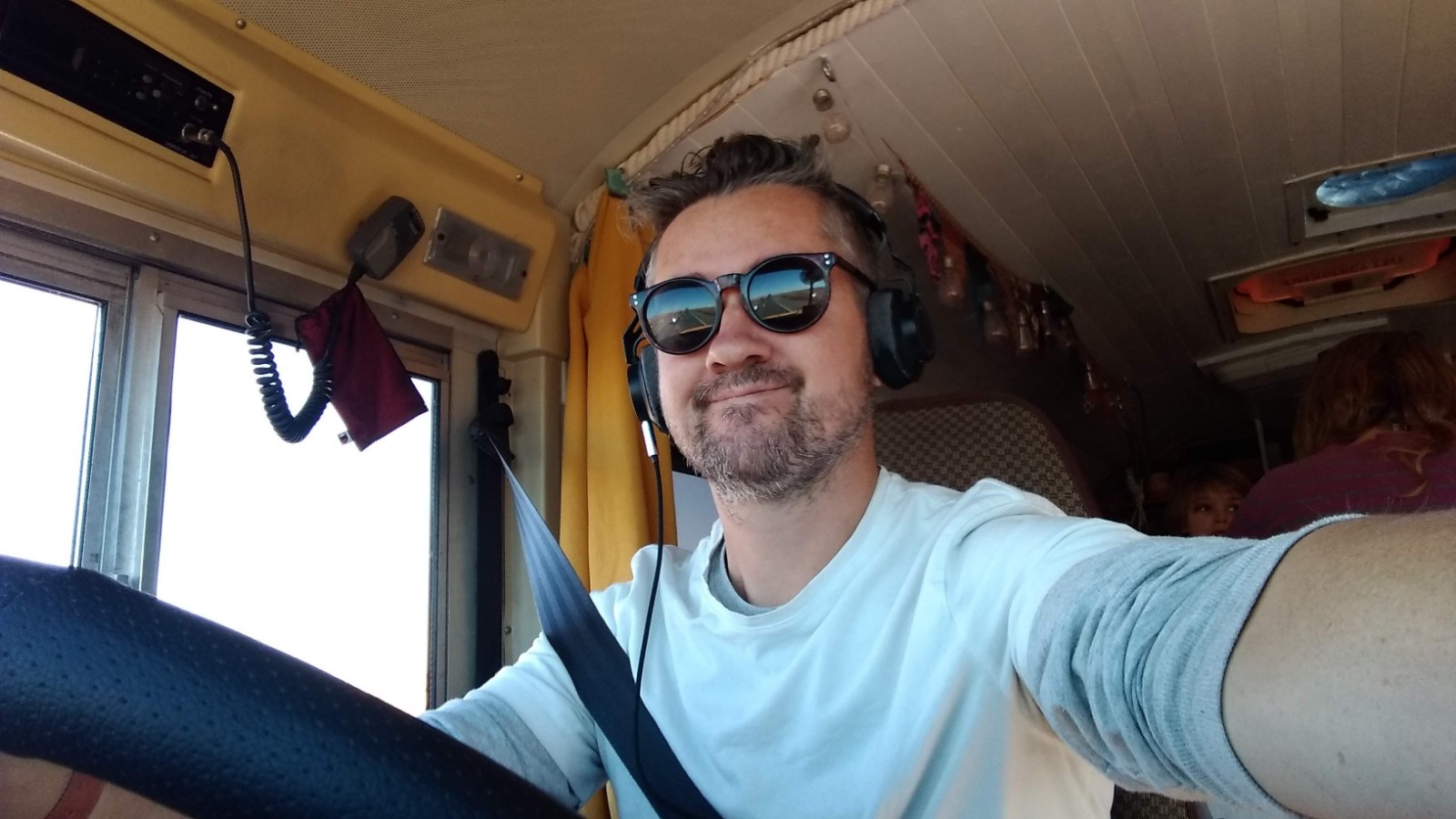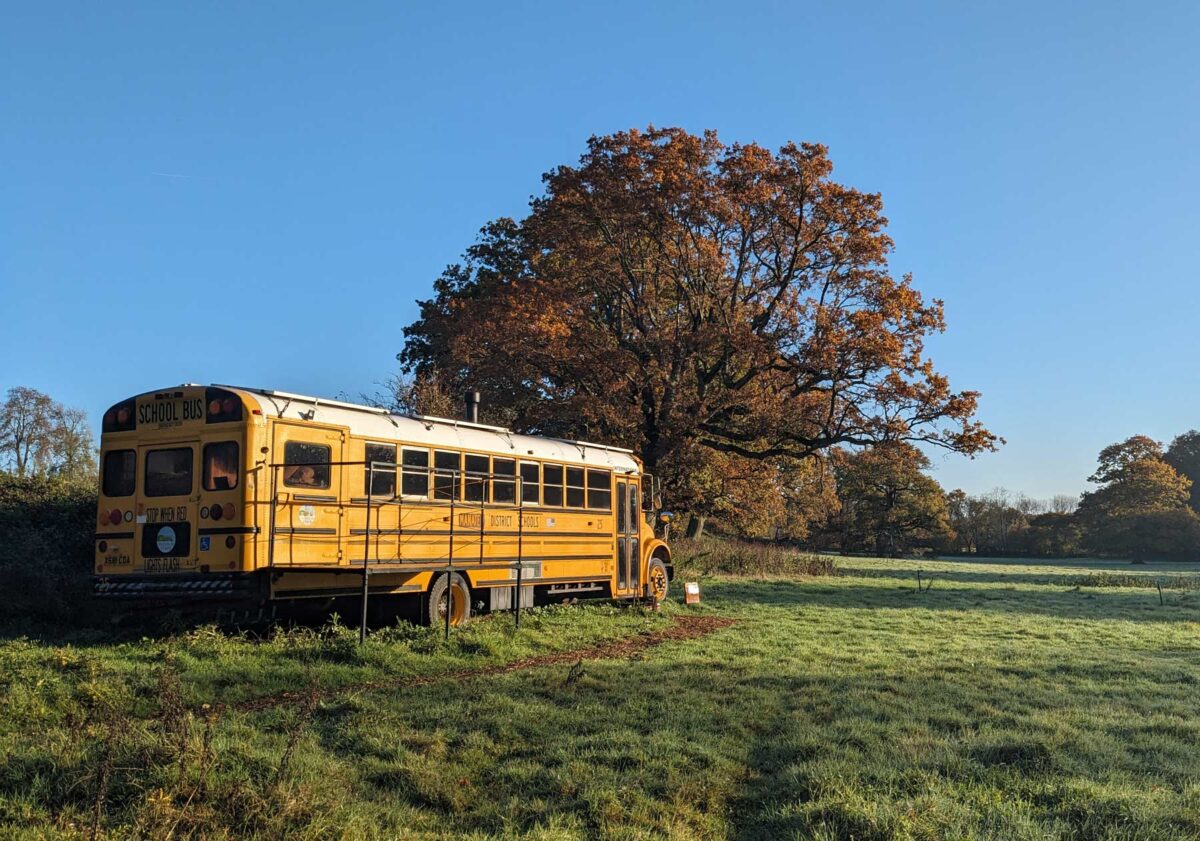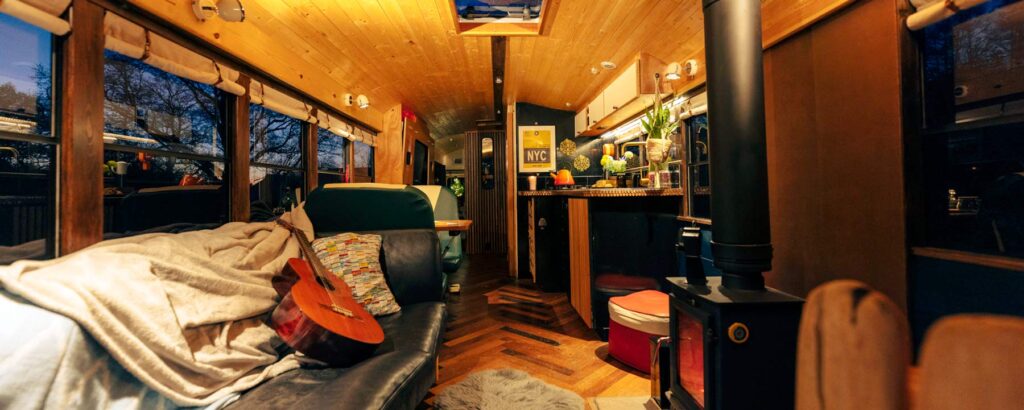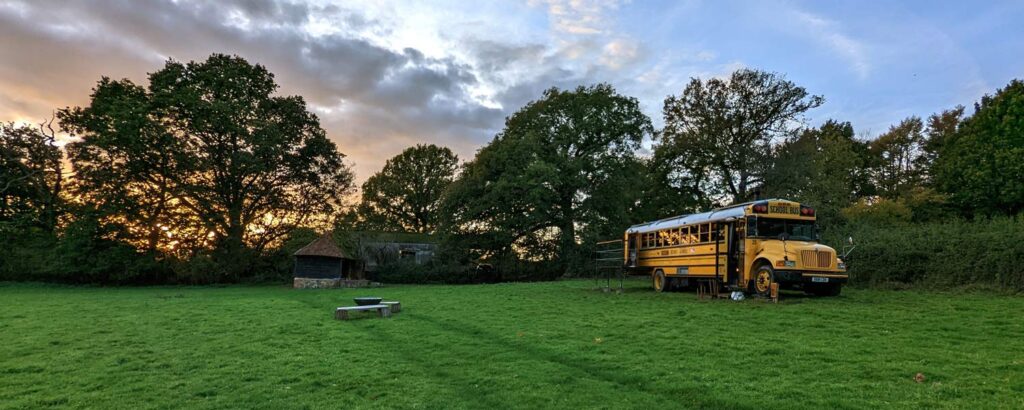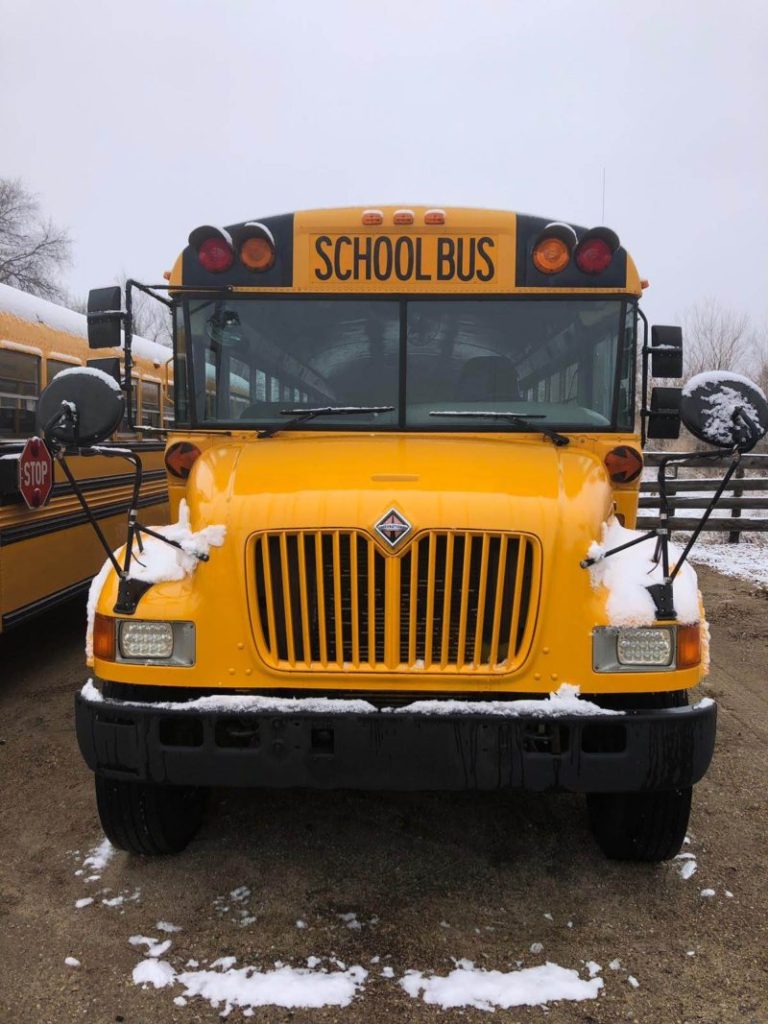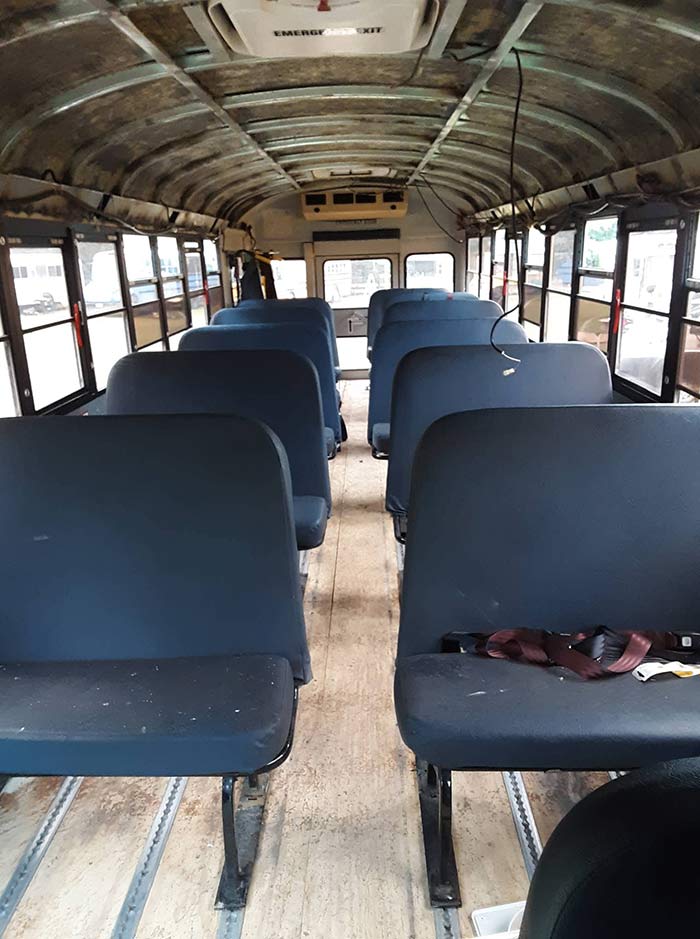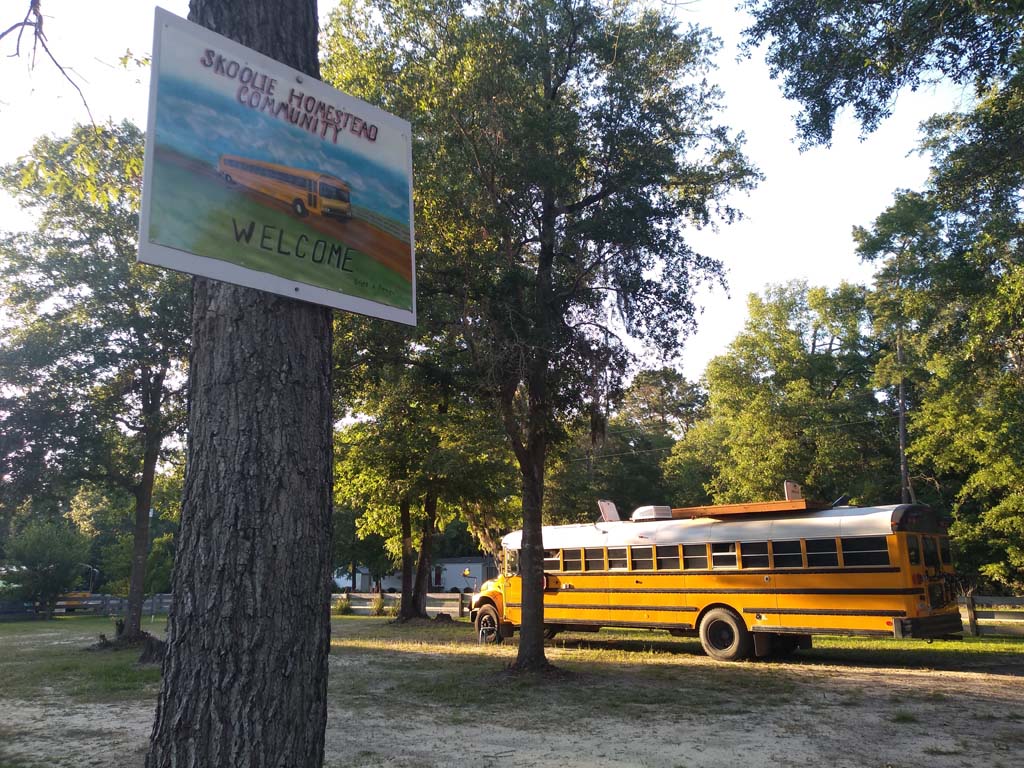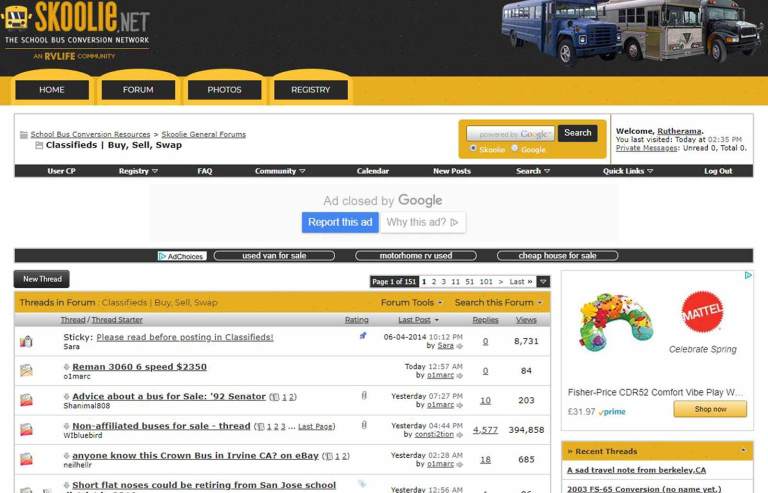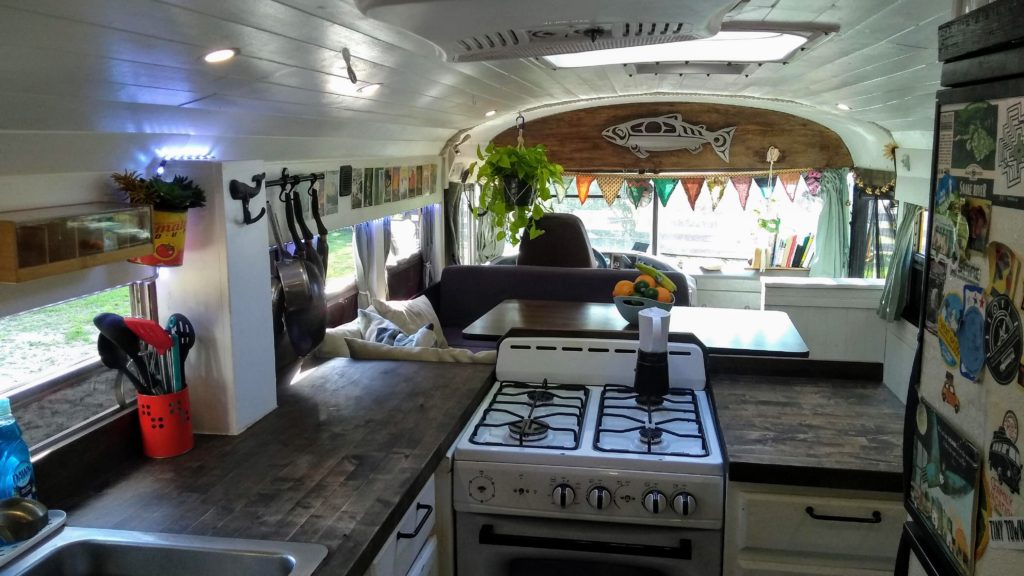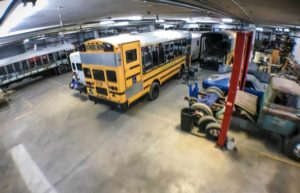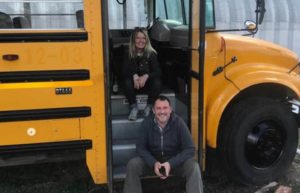Digital Detox Breaks in Sussex
“My brain has too many tabs open!”
Let our digital detox breaks help you take a nourishing short break from screens, apps and gadgets. Reconnect with nature, slower living, the people you love and yourself.


get off-grid with us
Swap absent-minded scrolling, online shopping and chores for a good book, a cosy spot in front of the fire, lie-ins and coffee in a comfy bed, stomps in the countryside and, most importantly, quality time talking and laughing with the person or people you care about.
Sound good? Then get yourself booked in to Skoolie Stays – the ultimate in luxurious, off-grid breaks.
Here’s how we can help you unwind, and we make it extra easy with a great offer for working weekday breaks too:
3-day digital mindfulness breaks
Whether you choose to full-on detox and lock your phone up, or to simply practice using your devices more purposefully, this is your opportunity to spend three nights living in an off-grid cabin with a difference.
Everything is provided for you – linen, towels, a full kitchen, hot shower and a compost loo. There is wood for the log burner, a firepit outside should weather allow, a manual full of local hikes and some classic board games to wile away the hours.
Reconnect with yourself, your interests, your family and friends and the natural world that surrounds you.
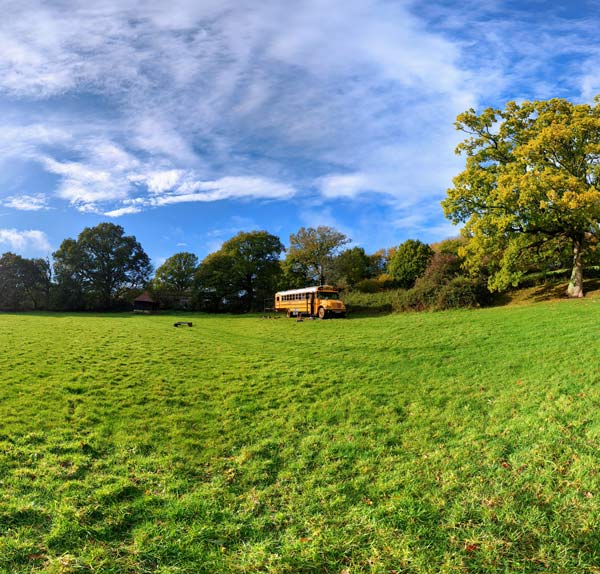






the detox treats that await you -


The go-slow
Whilst it may take us a while to slow down, when we do we can appreciate how much we needed it. This is your chance to step away from your screen and put things back into perspective.
So, go slow.
Enjoy lying in bed listening to the birds; watch the sun go down or even come up out on the sun deck (if you can bear to drag yourself from your cosy sleep!); swing in the hammock and stare up at the trees or simply curl up on the sofa and read a book.


get back to nature
Research shows that people who are more connected with nature are usually happier in life. Their mental health improves, they have improved concentration and sleep better.
So what better way to embrace nature than going off-grid for a three-night break?
One thing nature-lovers must fit in is a good old stomp through the countryside. We’ll leave you lots of details of hikes you can take so that all you need to do is breathe in deep and fill your lungs, enjoy the details of the trees, the leaves, the smells and the sounds.


a hamper full of delicious local produce
We work with the Village Larder to provide delicious hampers for our guests. You can choose a breakfast hamper full of everything you need to create the perfect fry-up, or a welcome cheese and nibbles hamper that is full of local loveliness.
Hampers are delivered to the bus before you get there and are even put in the fridge for you. The tough part is deciding which hamper you like the sound of best. Still not sure? You could always order both!
Order as an extra at when you choose your dates and checkout.
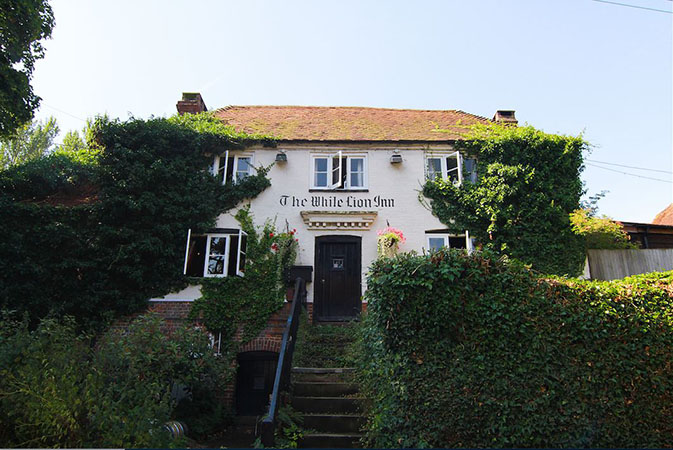

the very best local pub
We have a wonderful local – The White Lion Inn in Thakeham. You can even walk there through Little Thakeham Farm – a sometimes muddy stomp down the Old Drove Road. But hey – that’s what being in the countryside is all about!
The pub itself is an original 16th Century coaching inn, so it ticks all the boxes of a quintessential English pub: fires, beams and merry folk at the bar. The owners are lovely and they have produced a great modern menu. Enjoy!
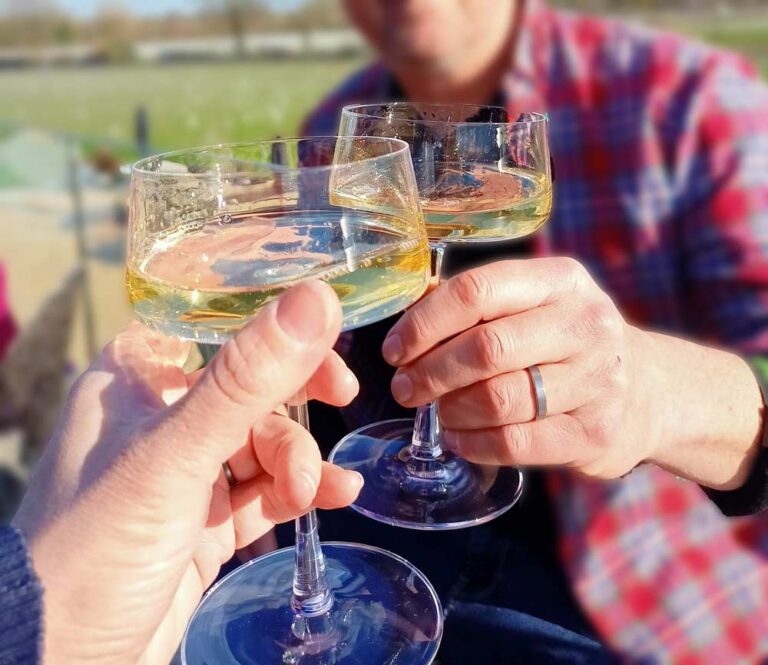

fine wine, fine food, fine company
Keen for a longer walk with a half-way break? Within walking distance of the Skoolie (we will leave you a map), or just a short drive in the car, Kinsbrook Vineyard offers 90 minute public tours and tastings every Friday, Saturday and Sunday at 11am from May to October.
They include a tasting of three wines and you get a guaranteed table at the end if you fancy staying for food. Or you could just lunch and a quick look around the farm shop – it’s all jolly lovely!
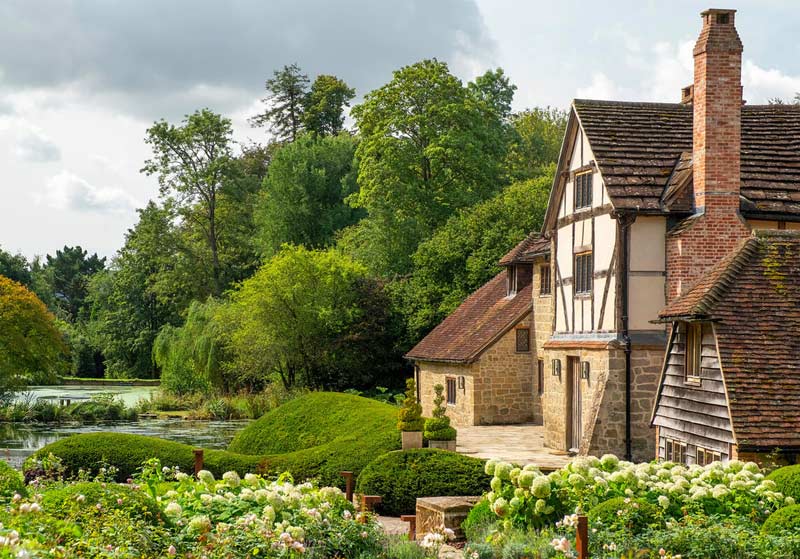

wine tasting breaks
If you tried Kinsbrook and rather liked the idea of turning your stay into a wine-tasting break, why stop there? We are lucky enough to have numerous award-winning vineyards on our doorstep. Many of them offer tours and tastings year-round and have restaurants with beautiful views of the vines. Perhaps start with Nutbourne Vineyard and Nyetimber – less than a mile apart.
Or you could read our blog on vineyards and fine-tune your wine-tasting experience – we have multiple vinyeards within 10 miles of the bus.
cooking over the fire
Relaxing in front of a crackling fire is one of the most enjoyable ways to spend a cold winter evening. According to researchers, it’s actually good for us too – the multisensory experience of flickering flames, heat and taste of the food absorbs our attention and slows us down, reducing blood pressure and making us calm.
Our ancestors must have known a thing or two – after all, we’ve been sitting around fires gazing, chatting and eating since prehistoric times.
We are lucky to have a whole field at our disposal, complete with a big firepit and a kindling splitter. We can help you with menu cards and cooking pots so that you can create your own meal over the flames. There is simply nothing like eating outdoors – it tastes so much better!
face the music and dance
Research has shown that listening to music can reduce anxiety, blood pressure, and pain as well as improve sleep quality, mood, mental alertness, and memory.
You don’t have to lock up your phone completely – just practice some digital mindfulness. Download some playlists before you go and take the time to listen to complete albums. Play your favourite tunes from the decades and dance like nobody is watching – they aren’t, you are in a field on your own!






